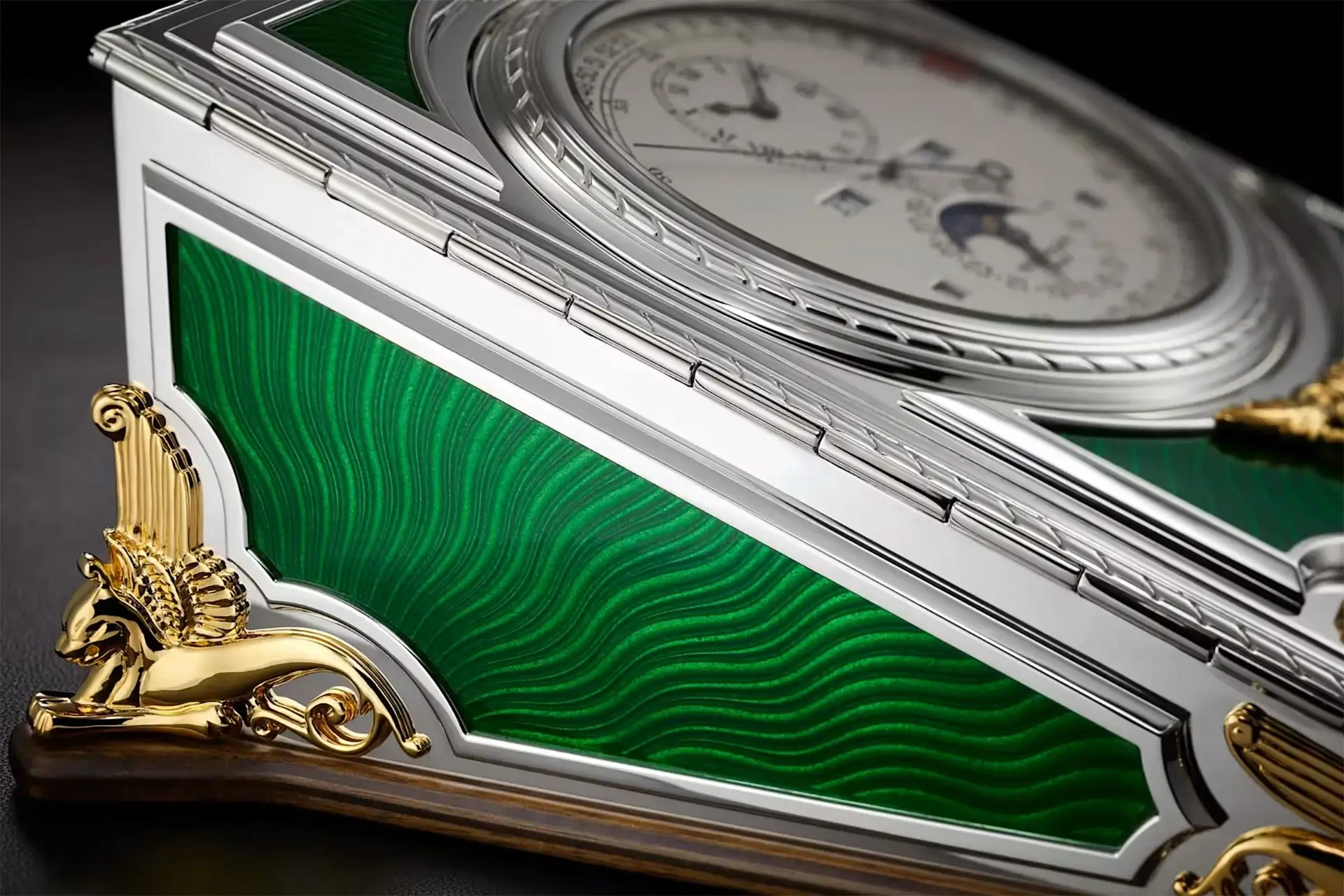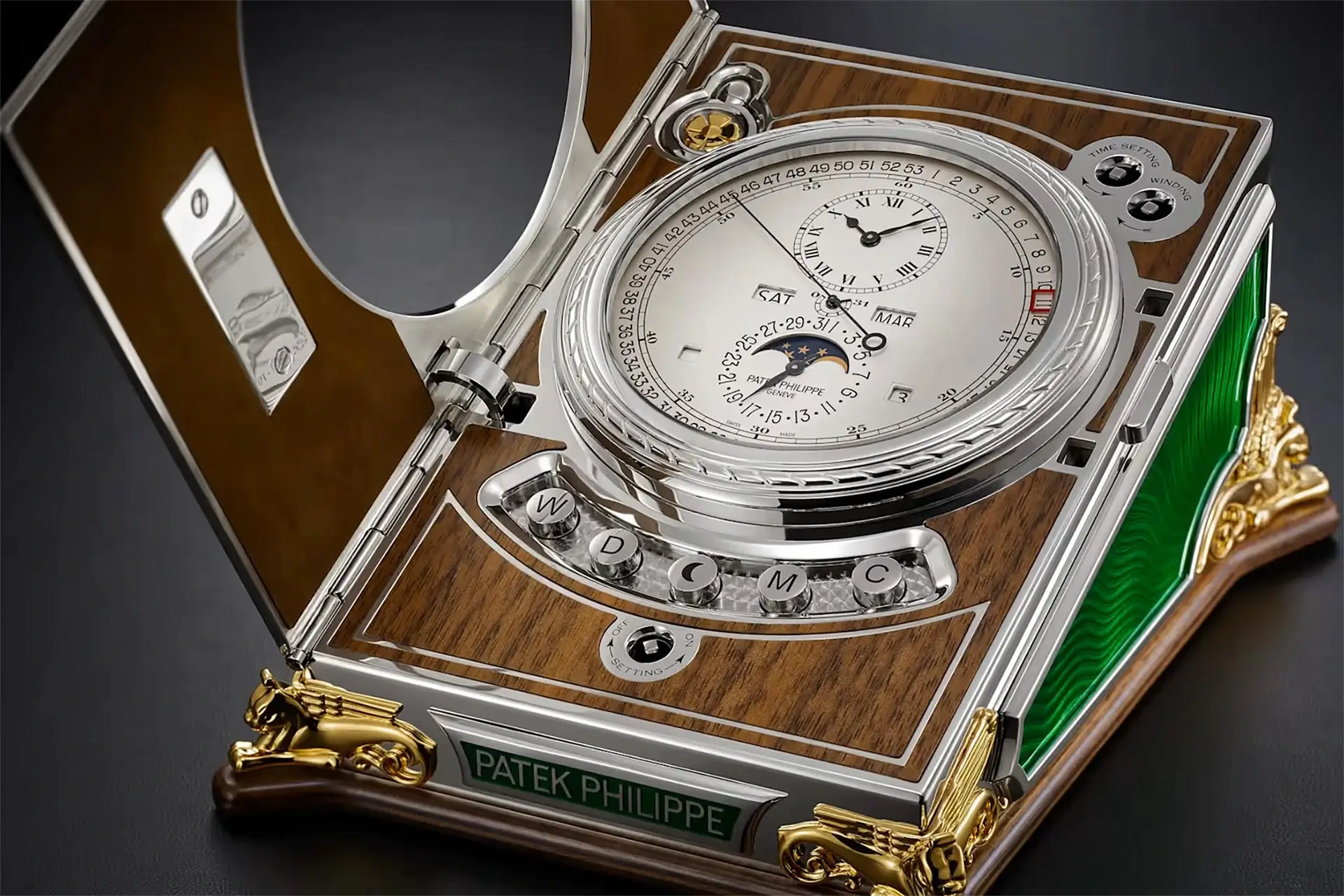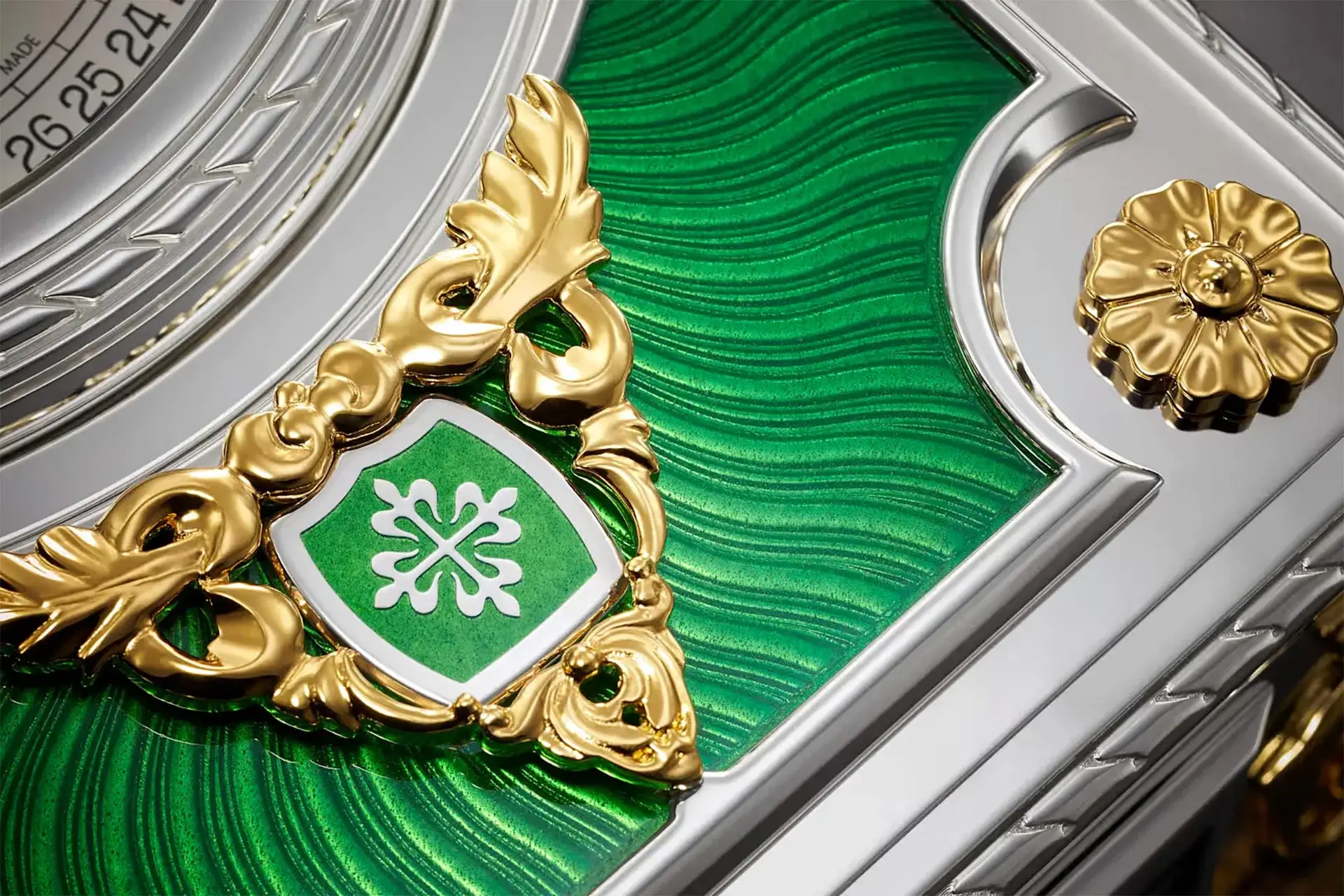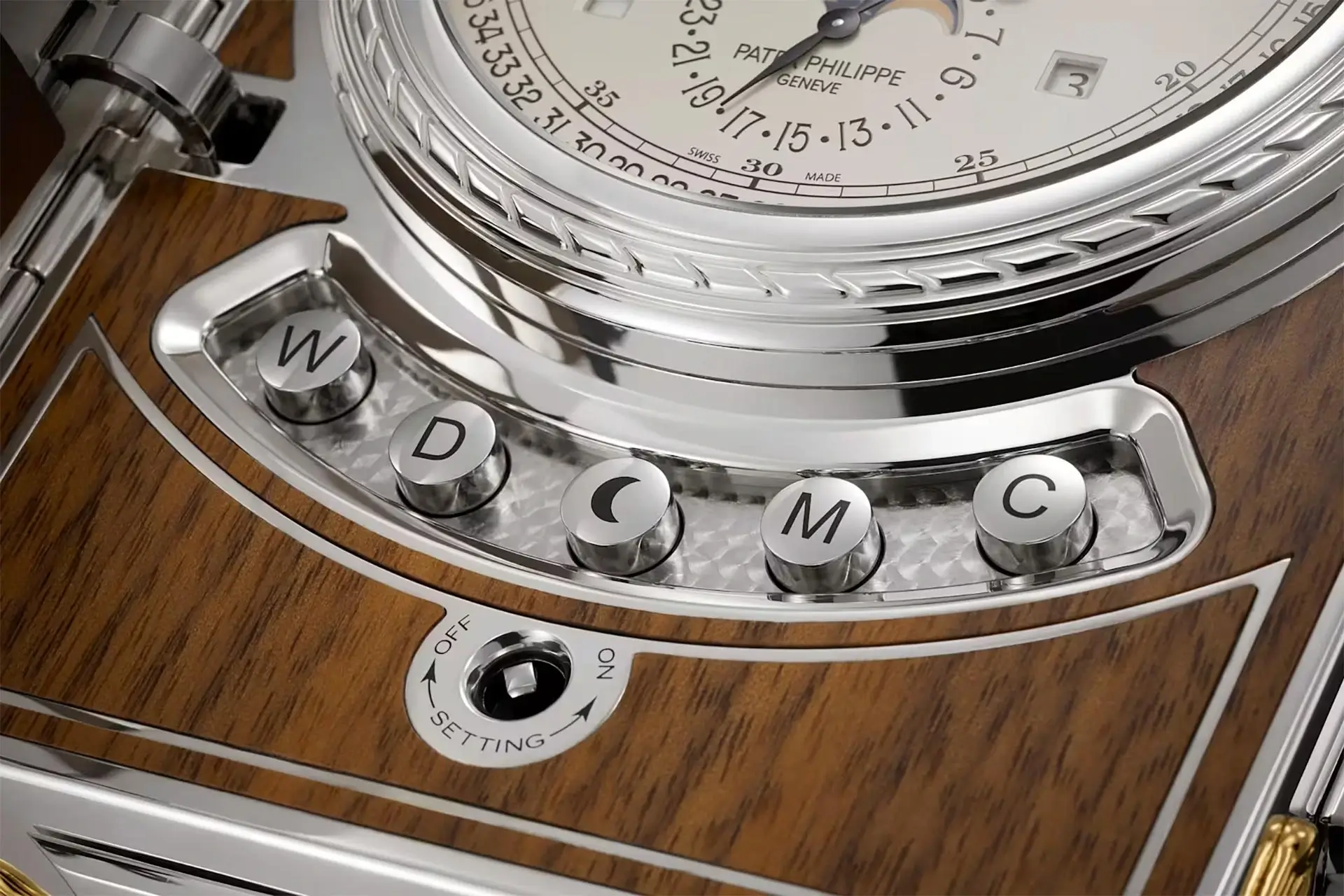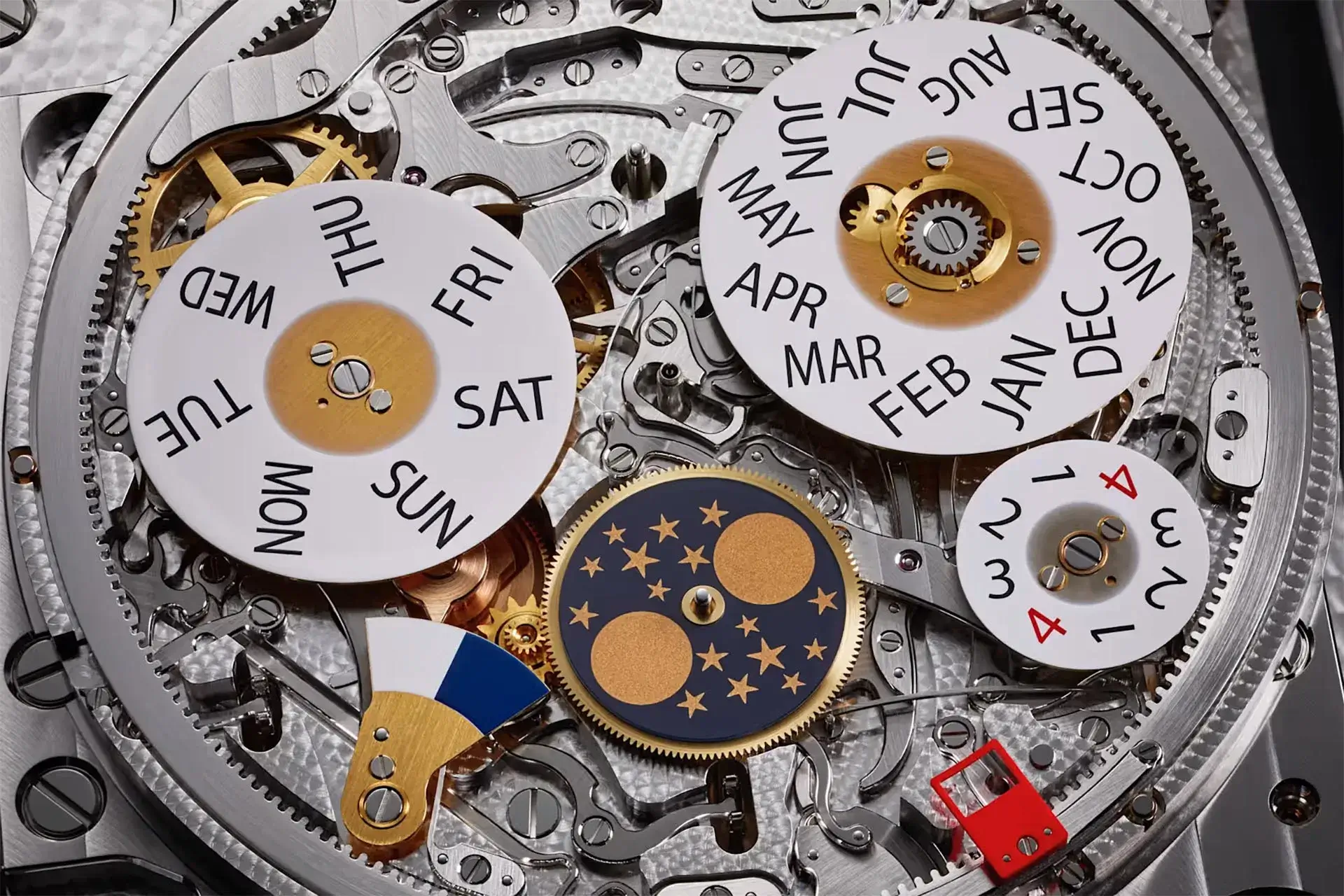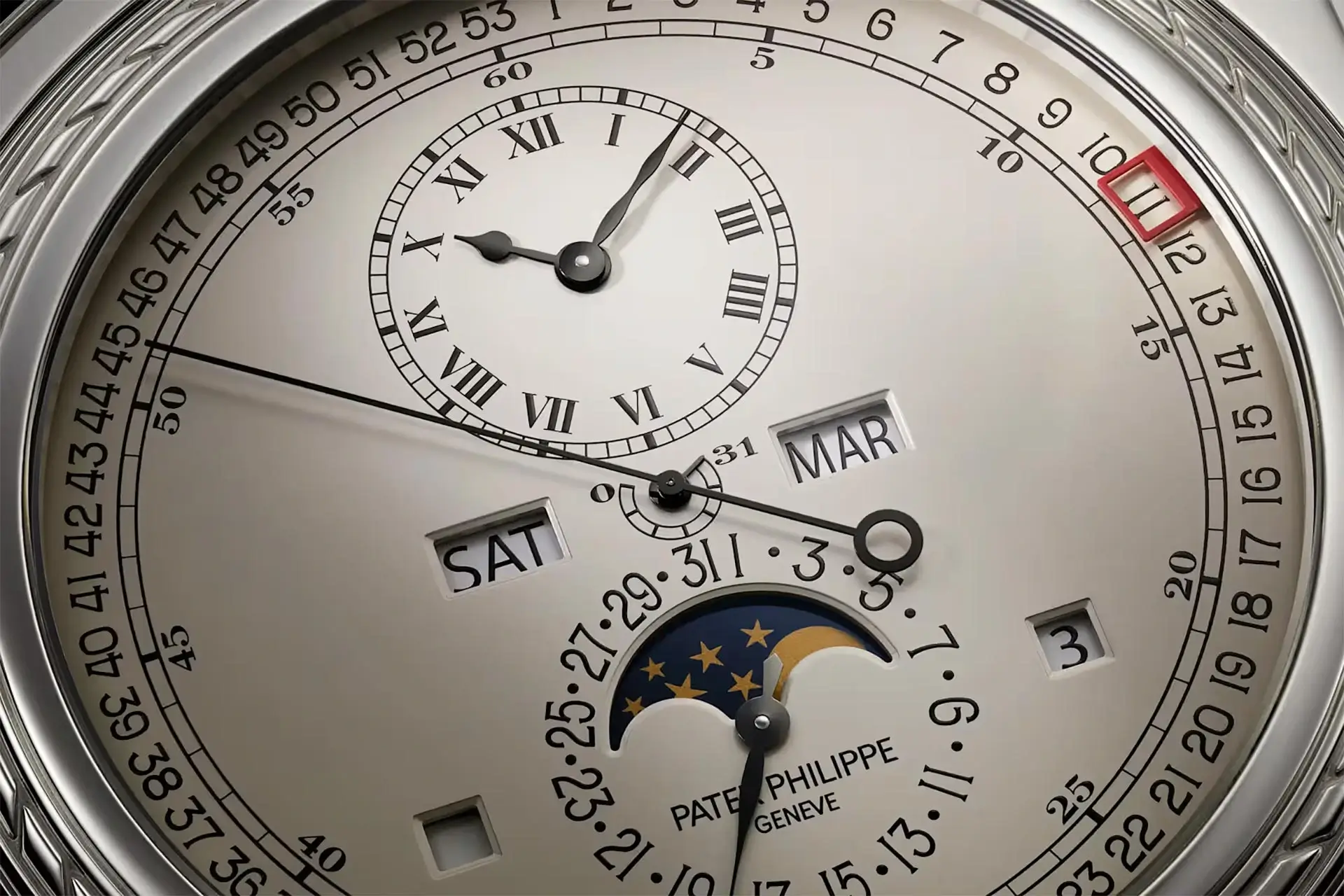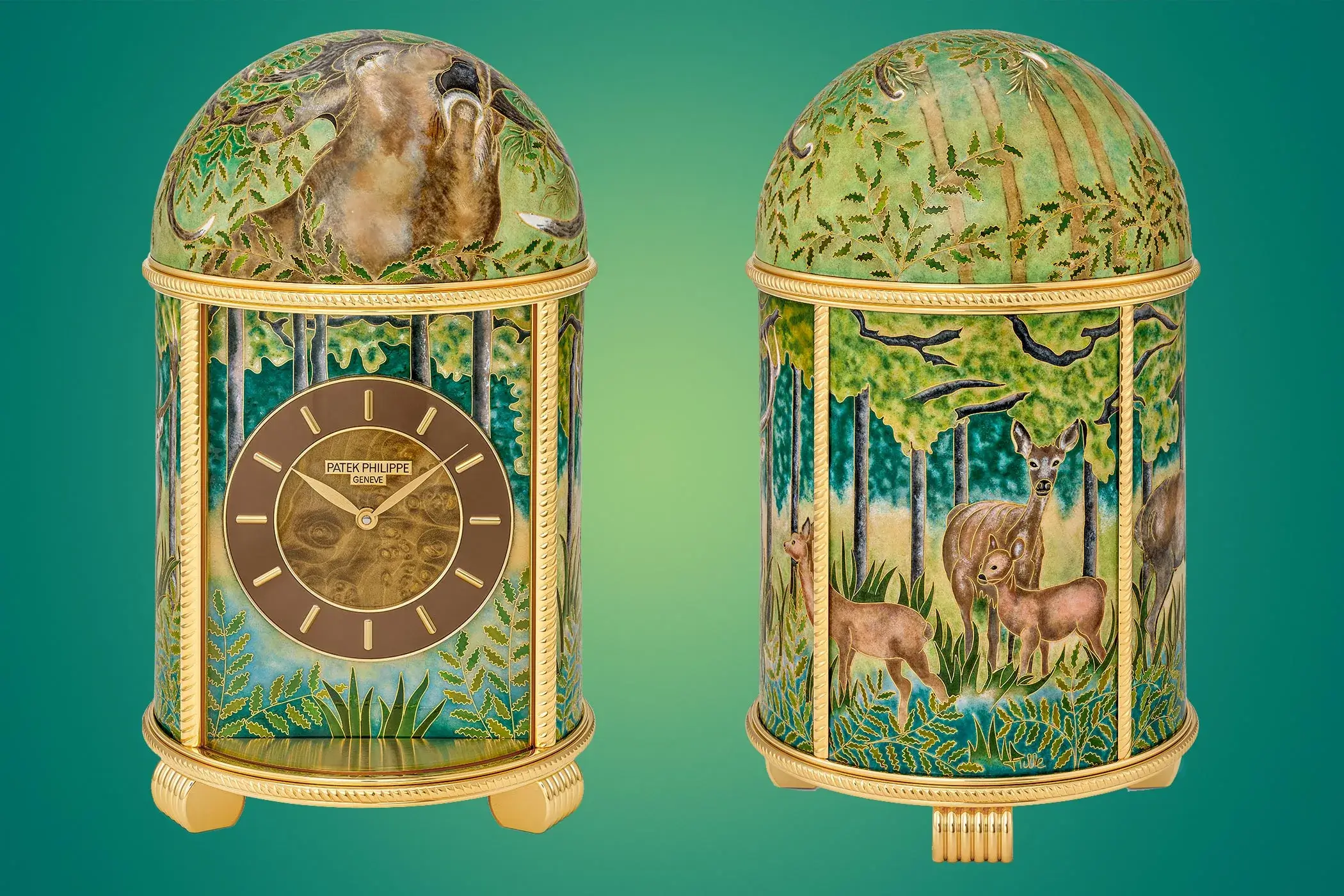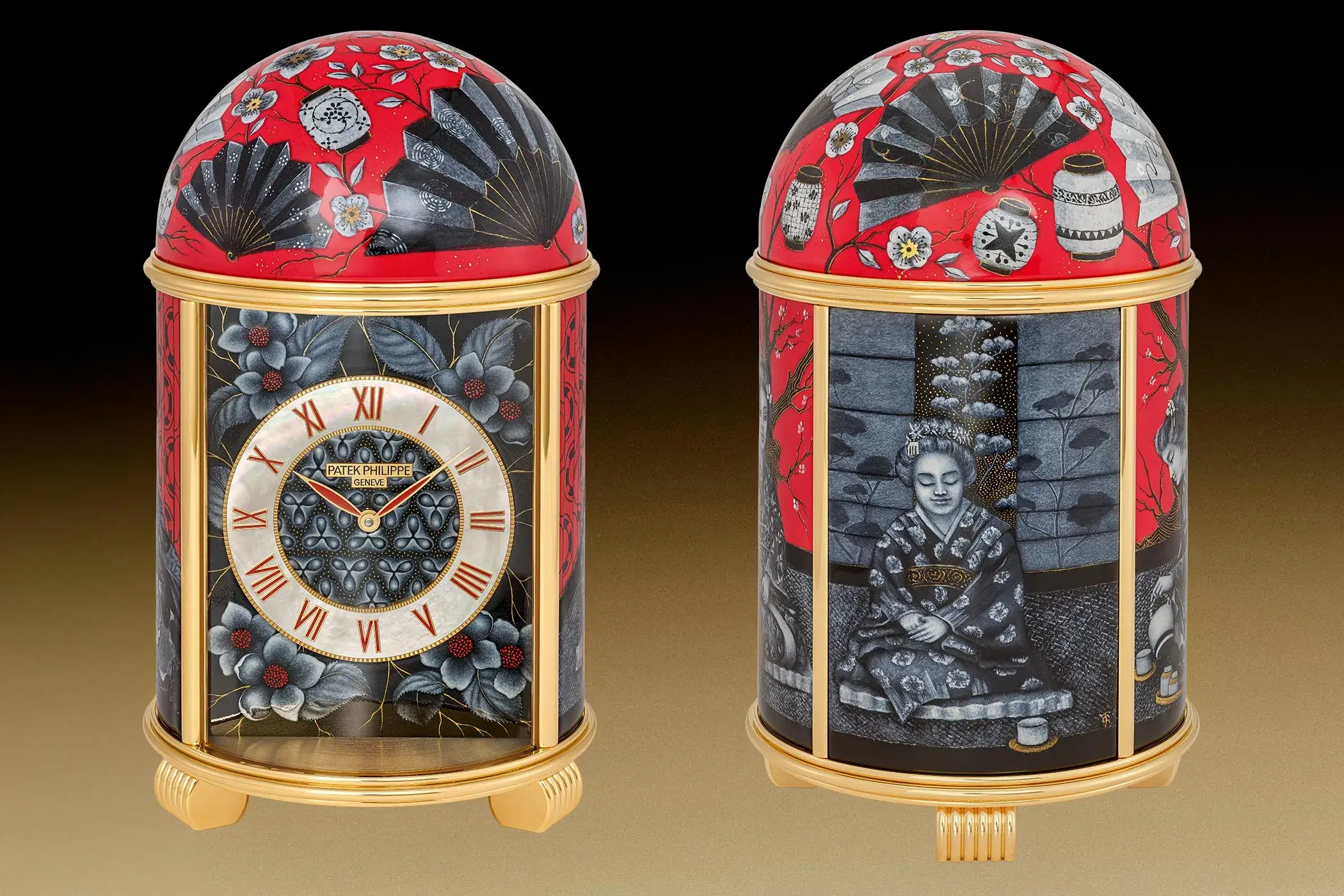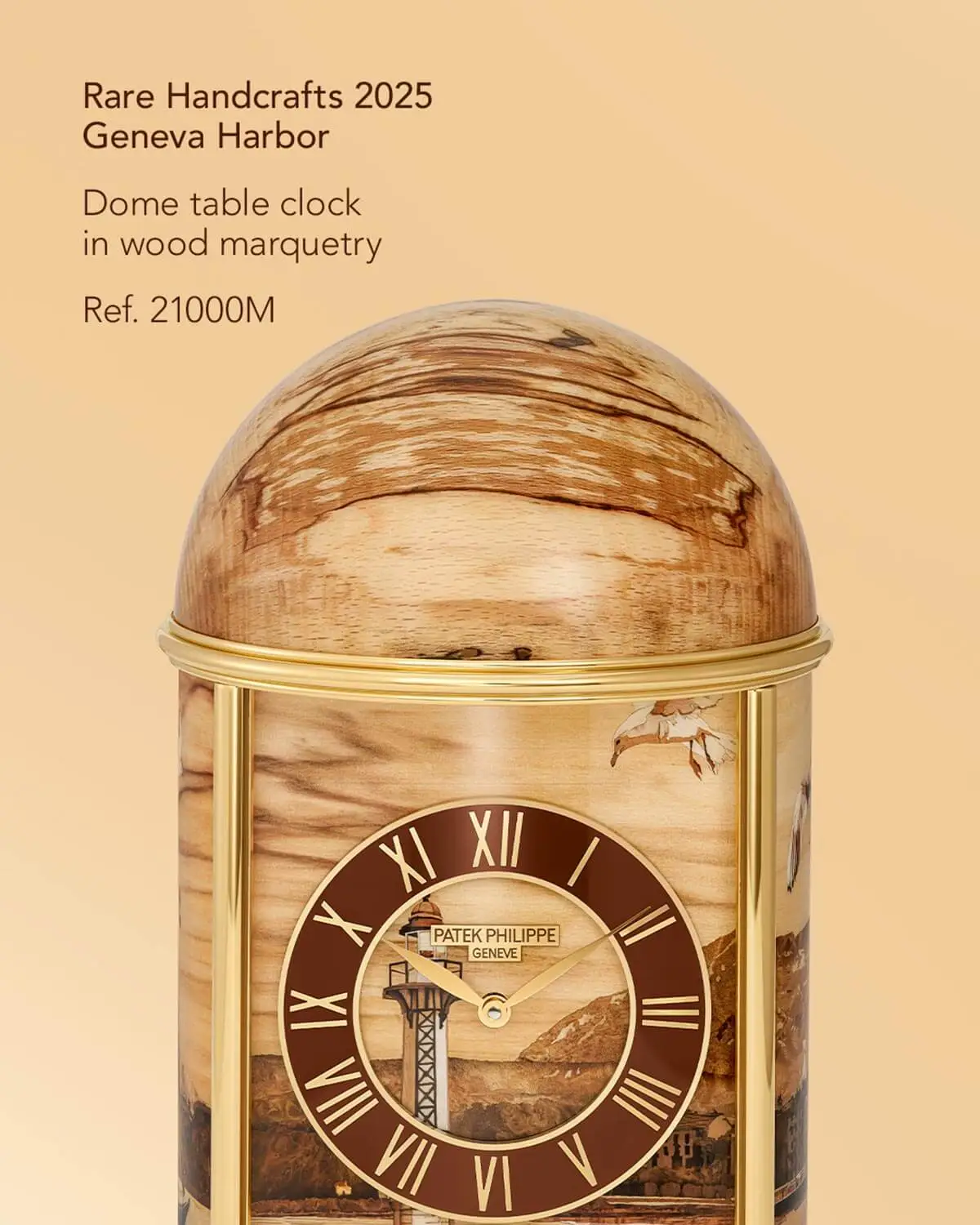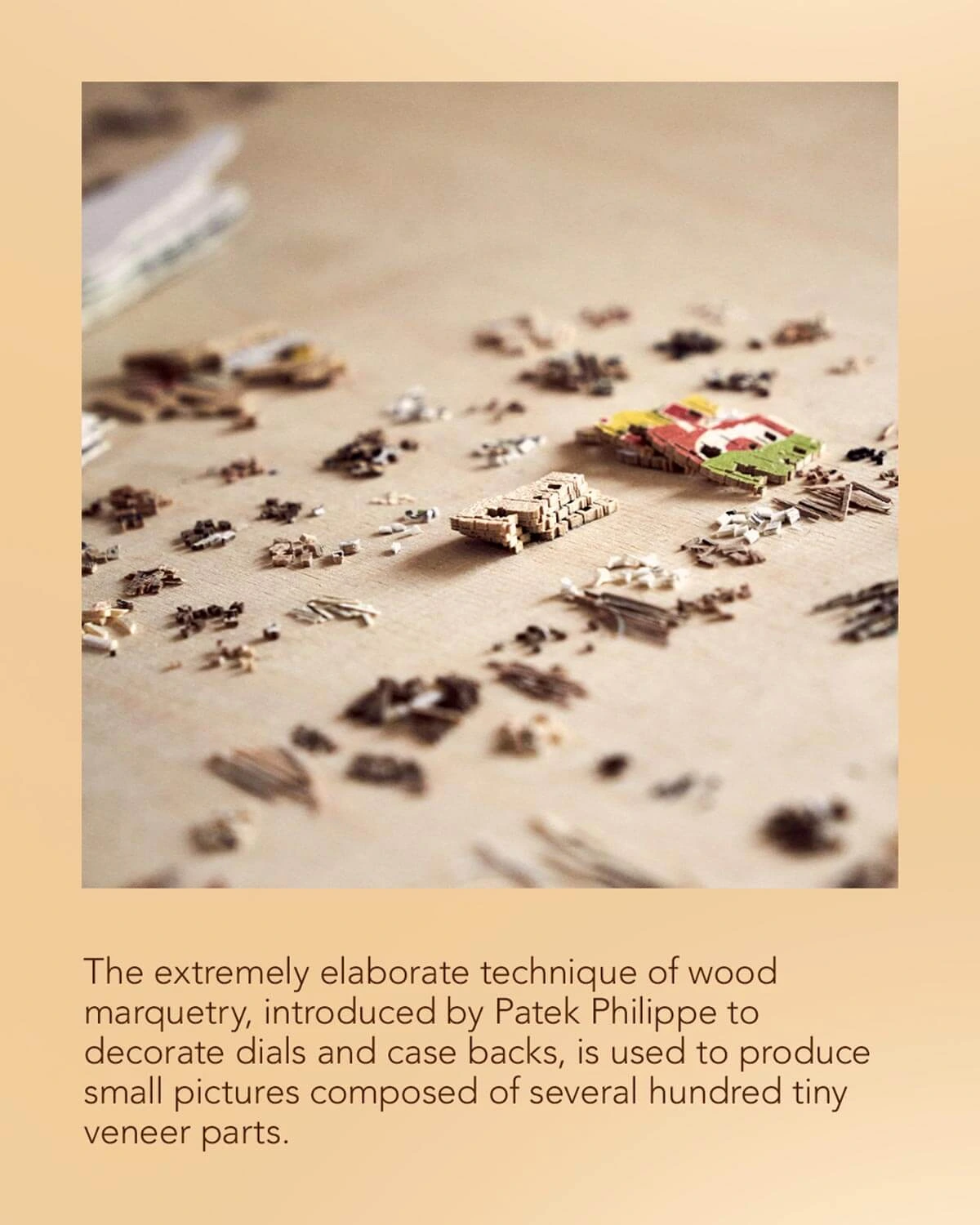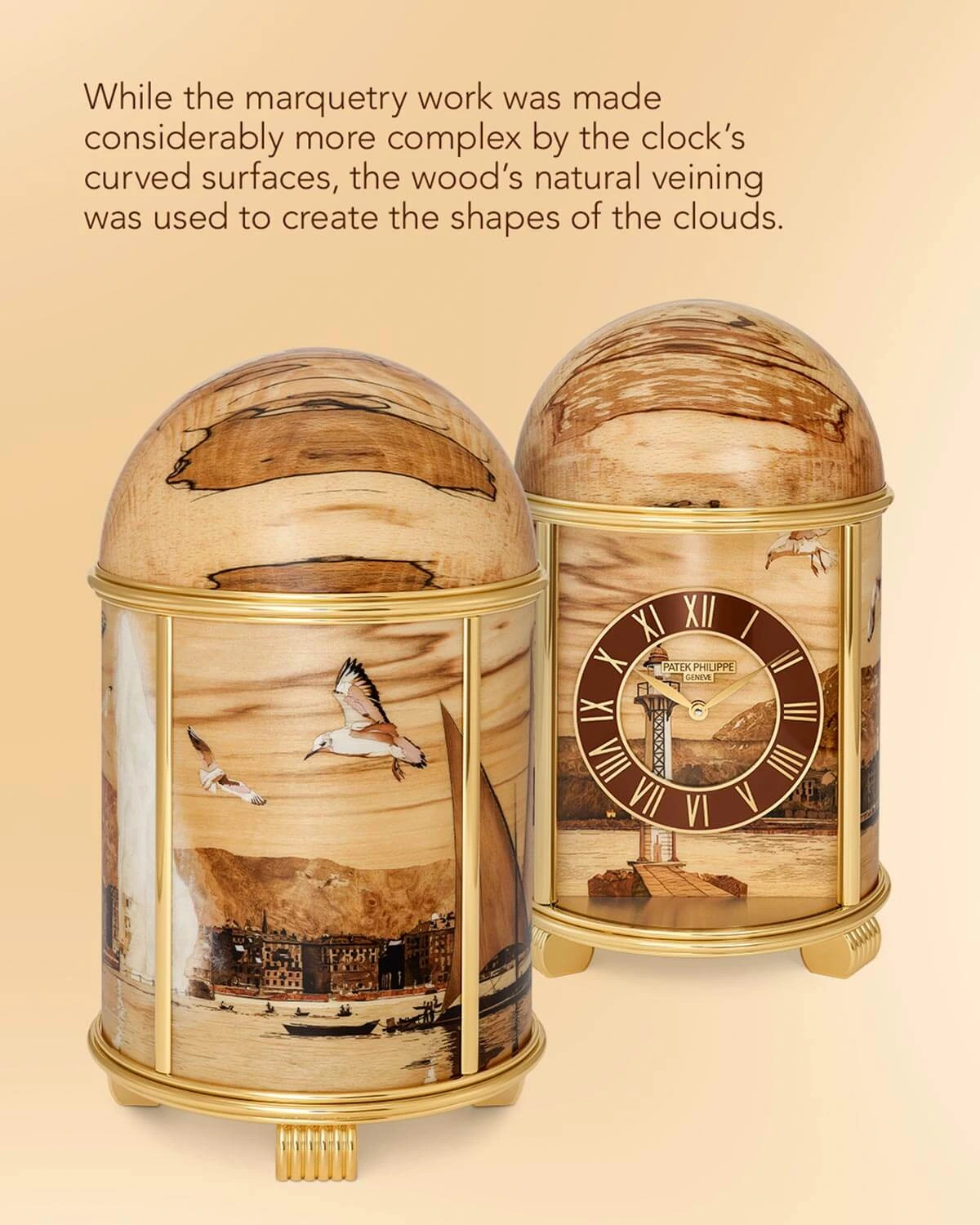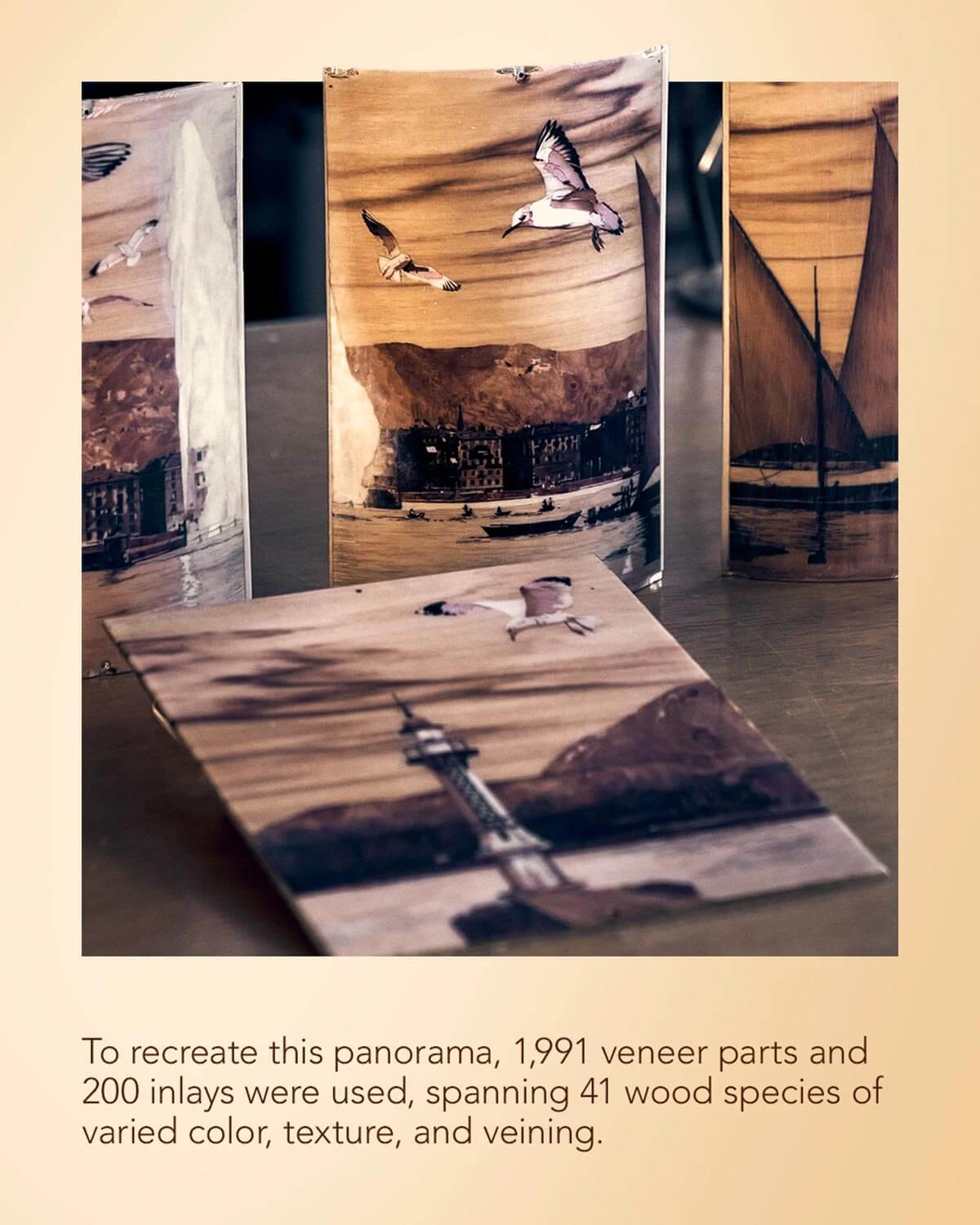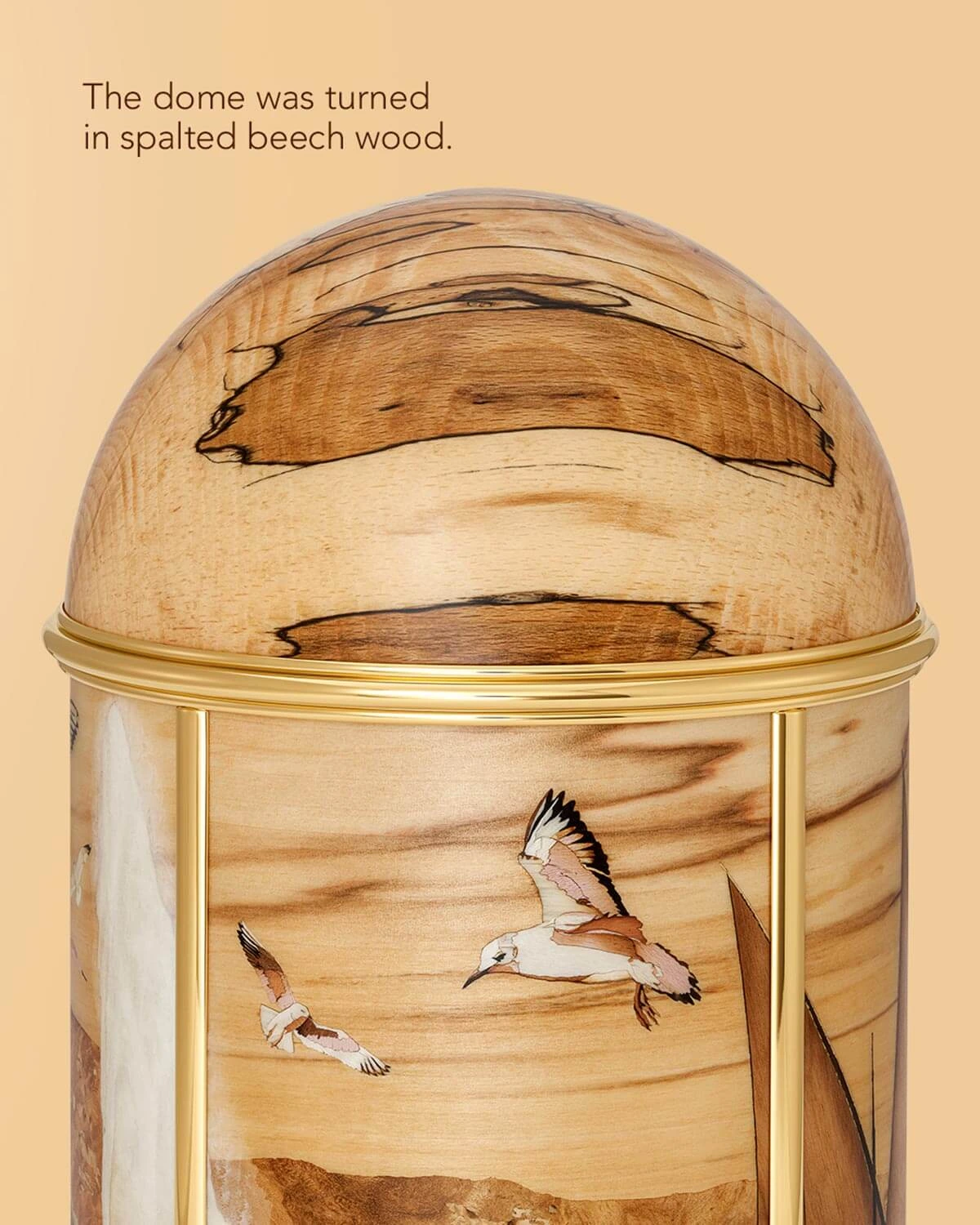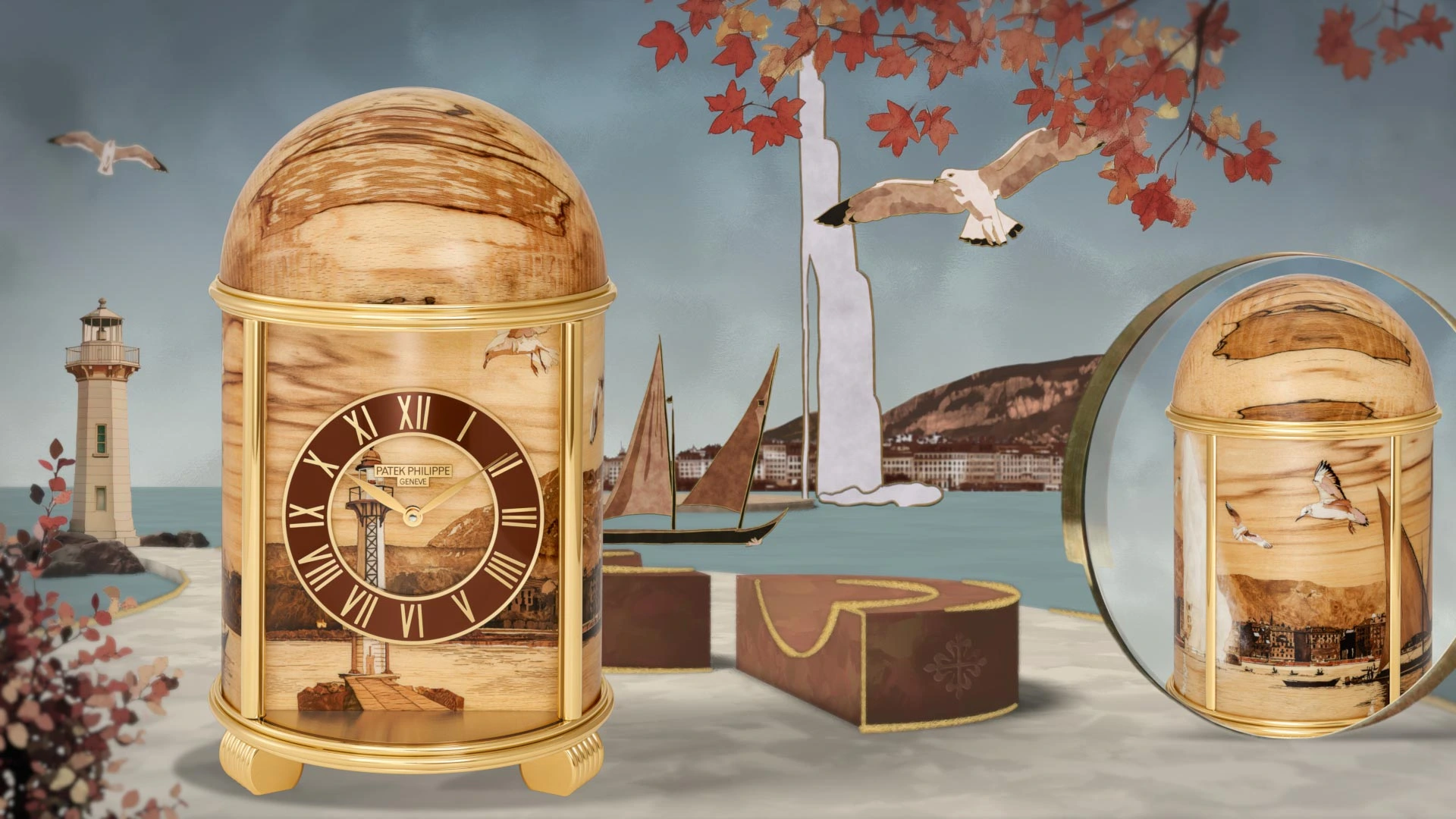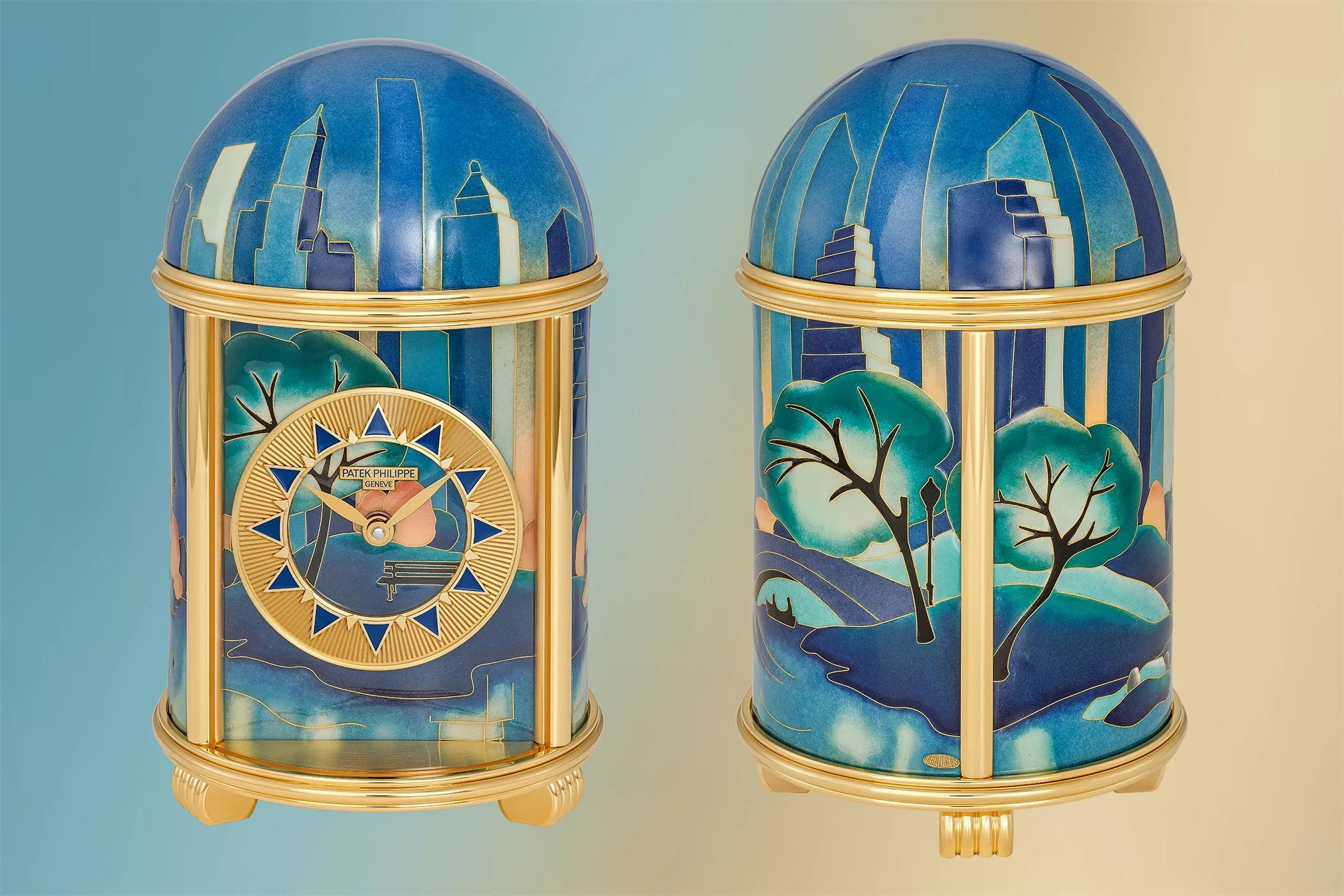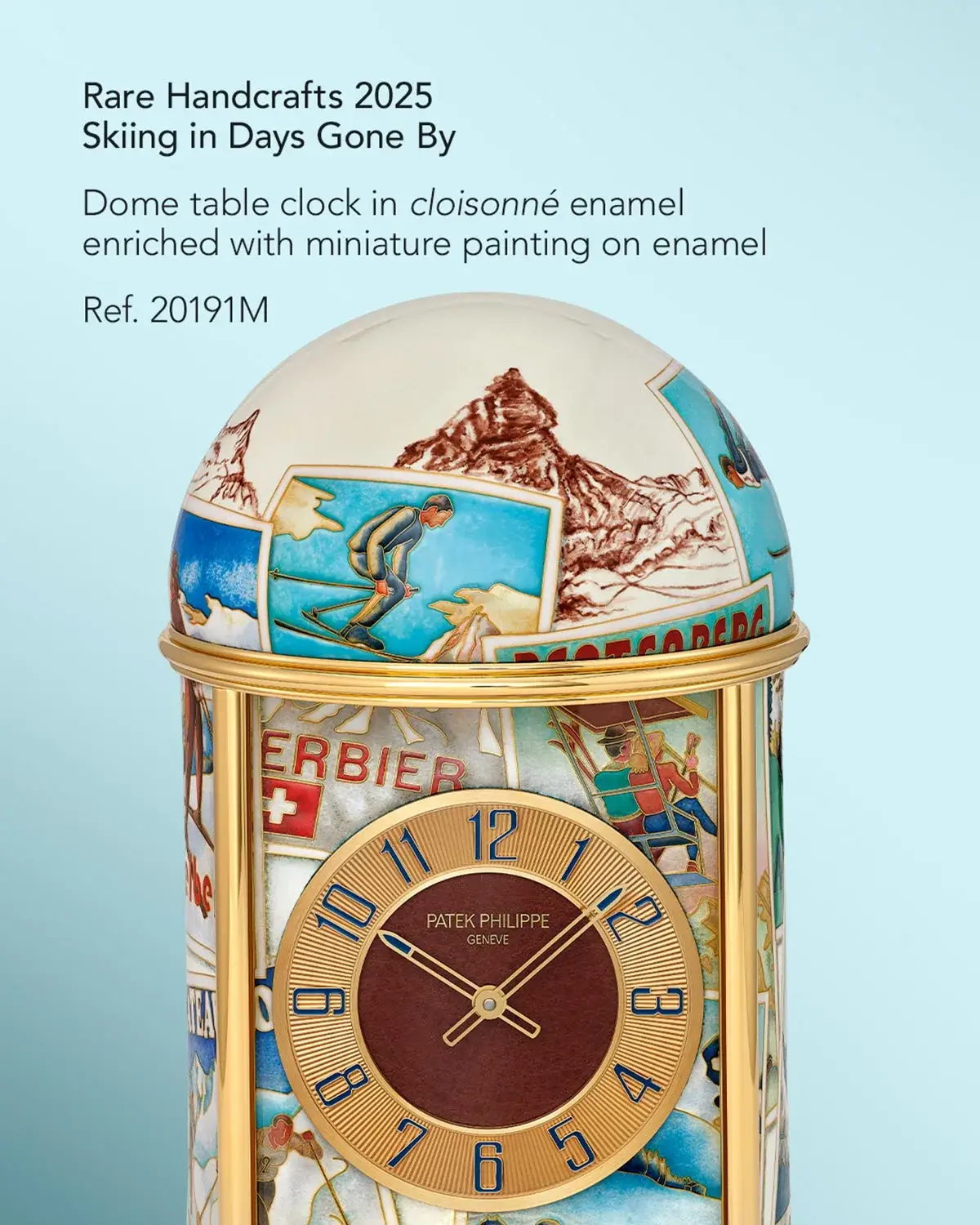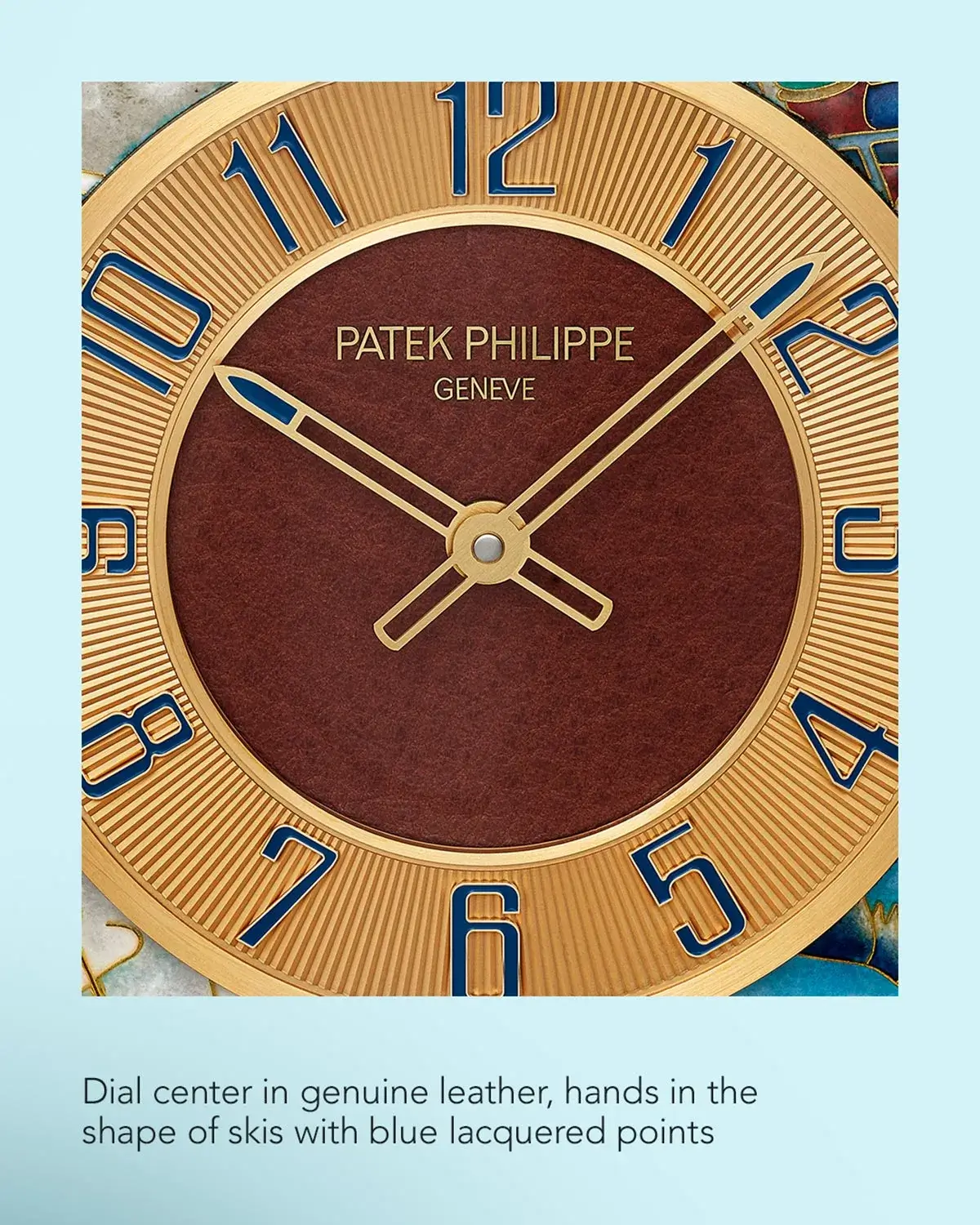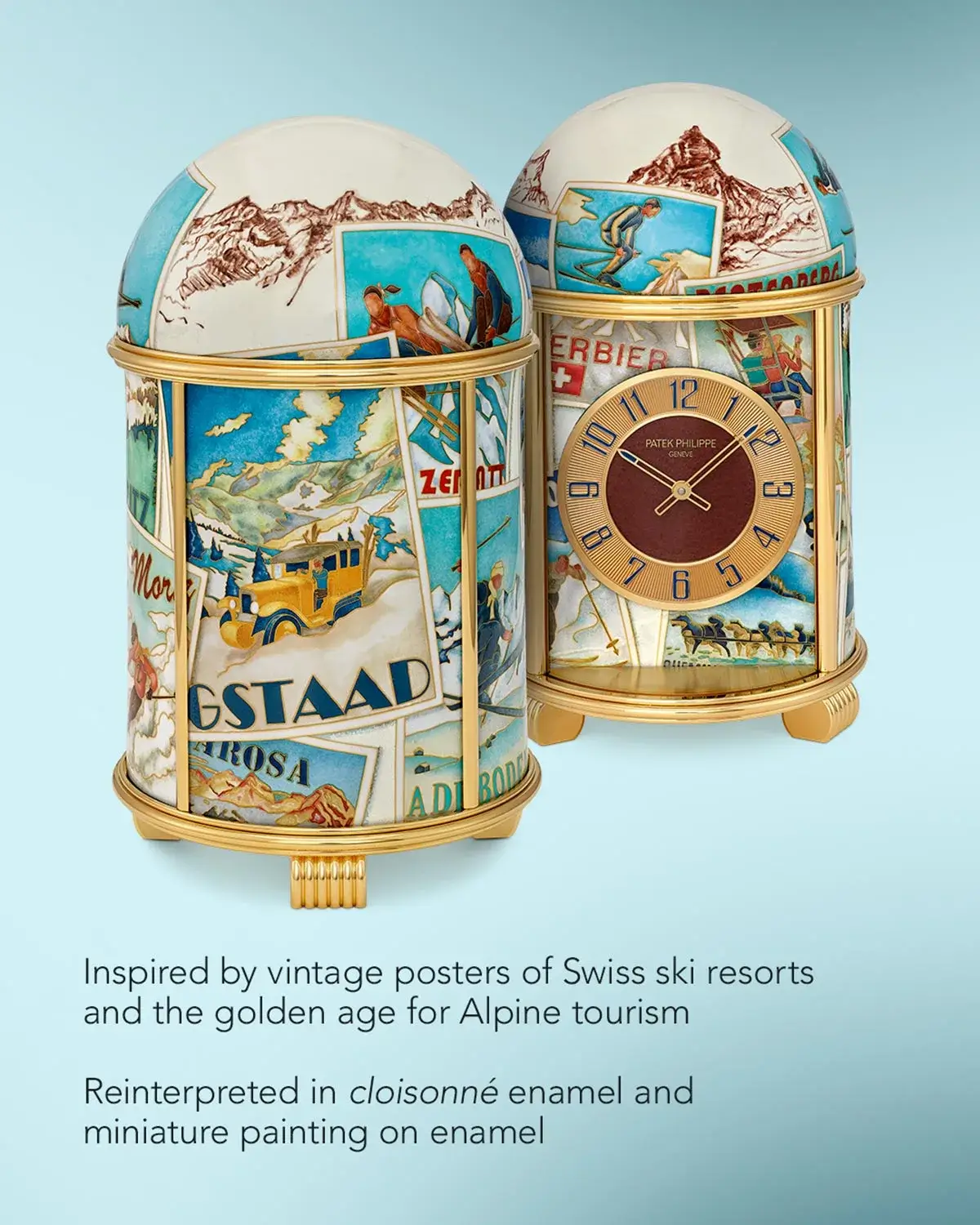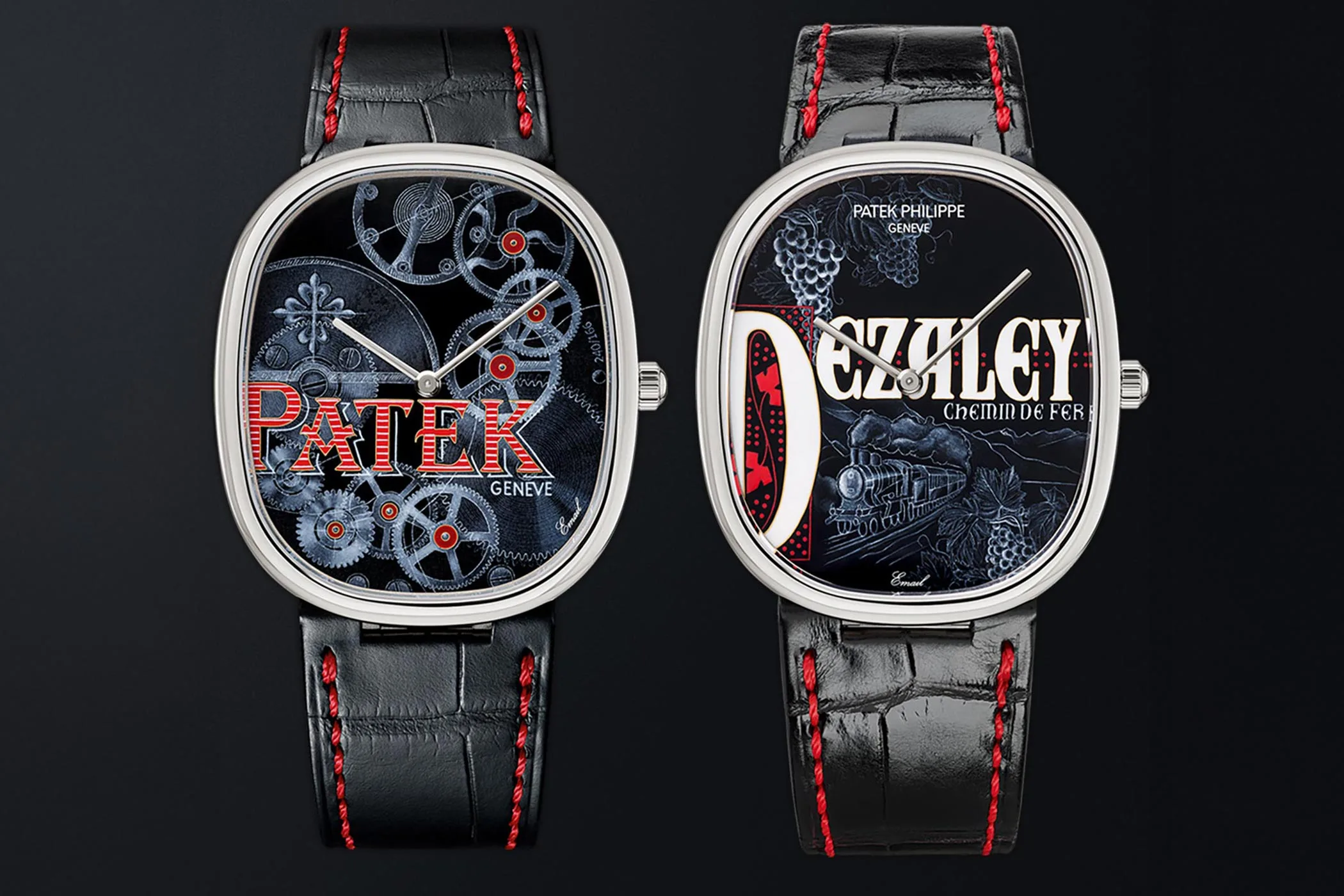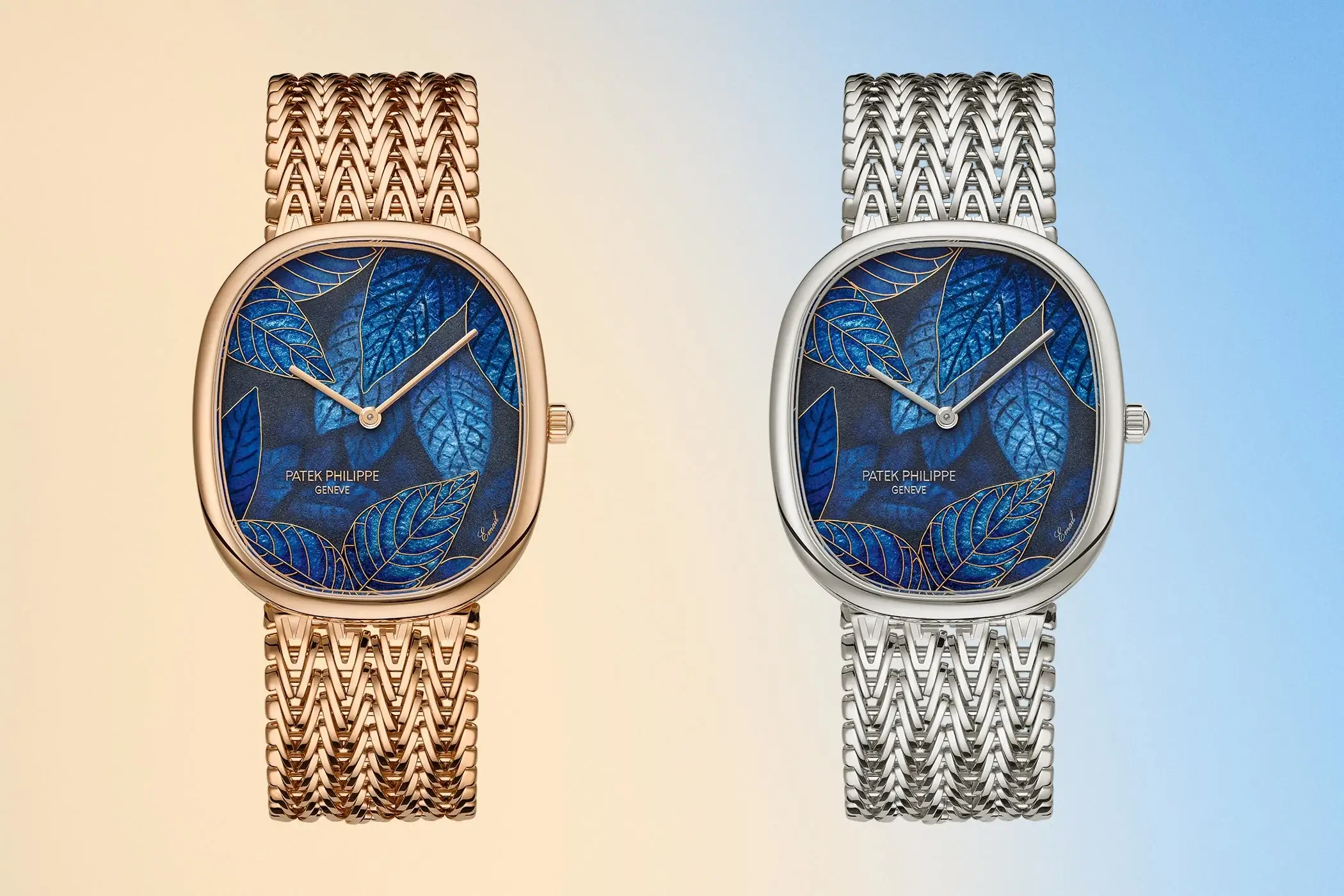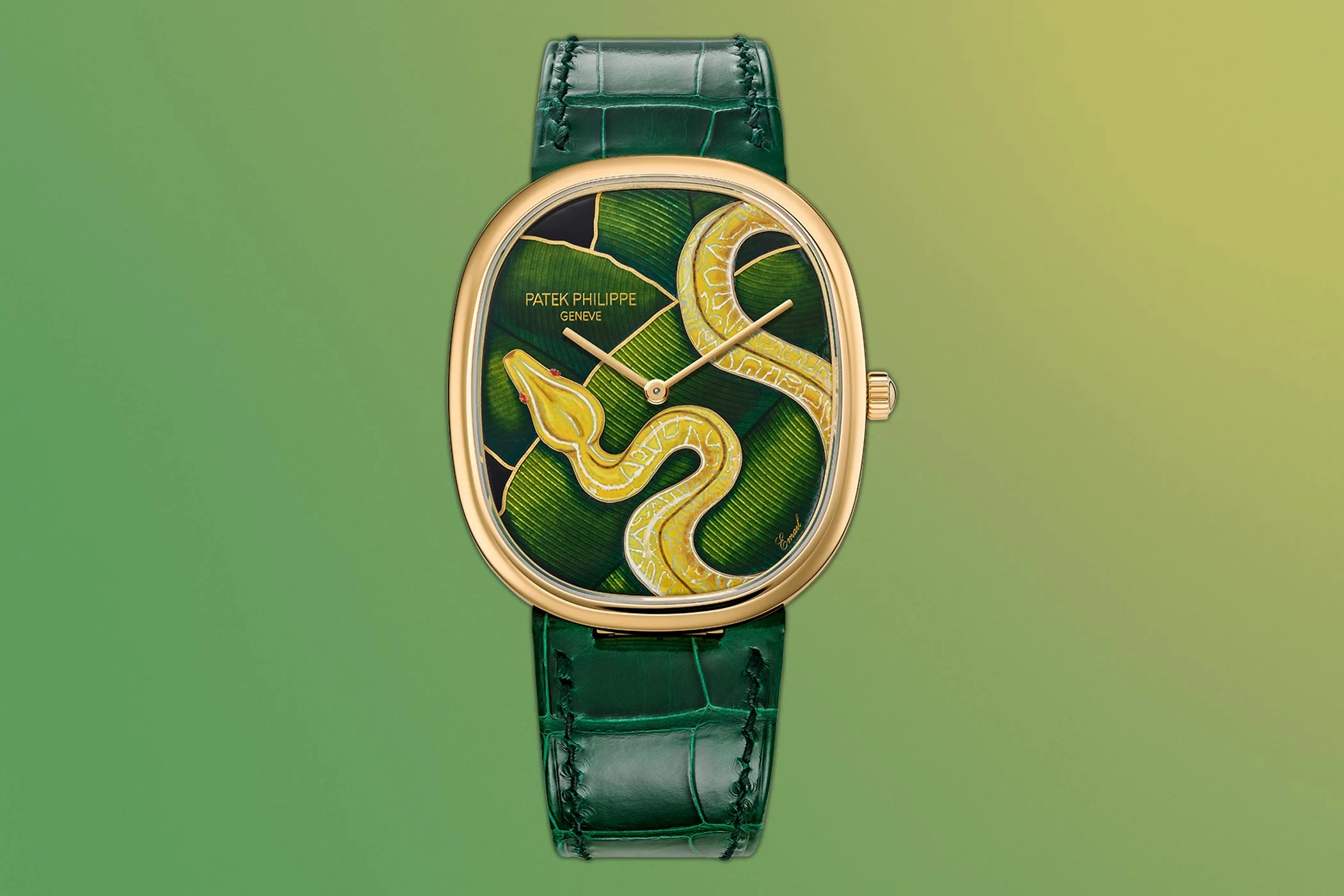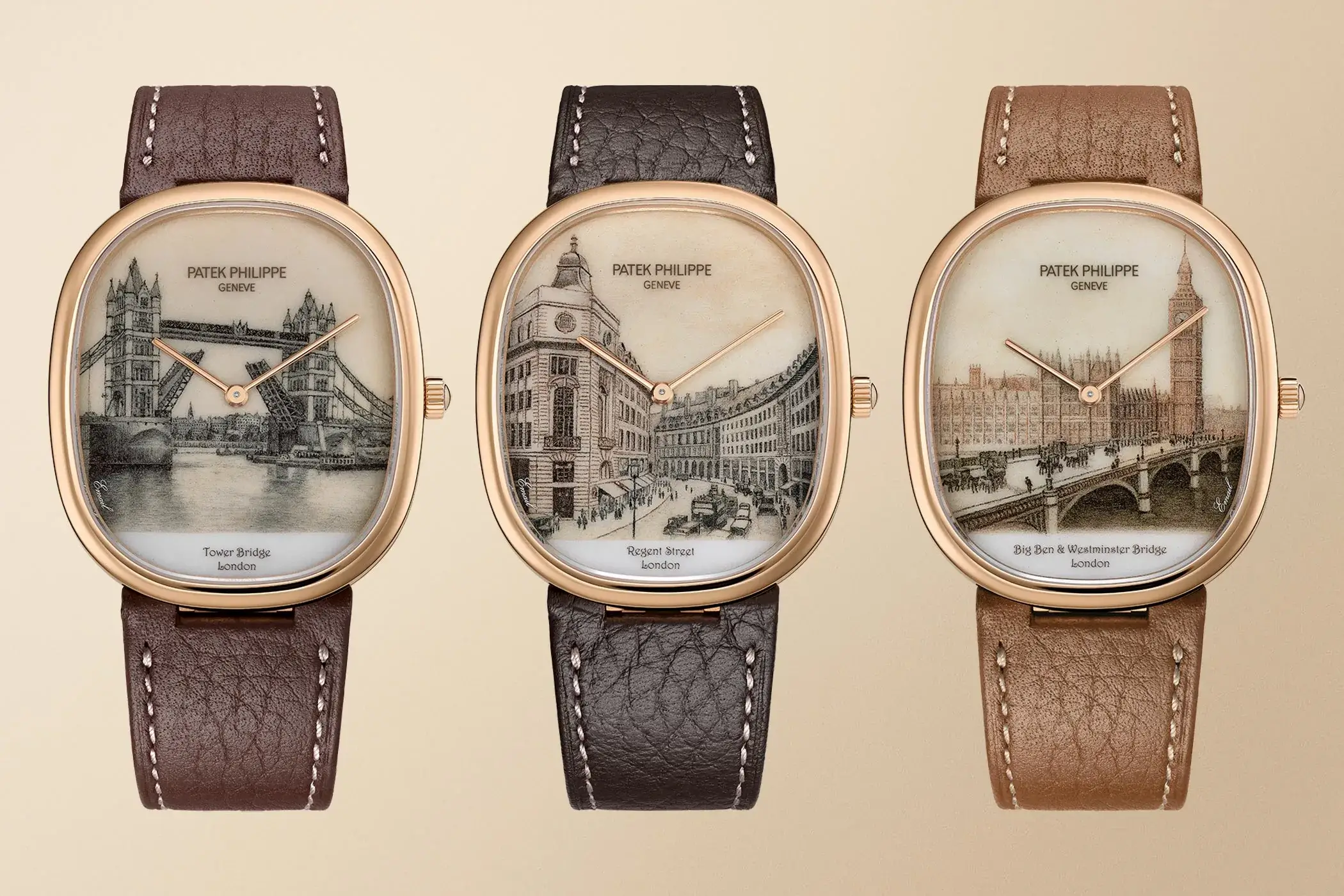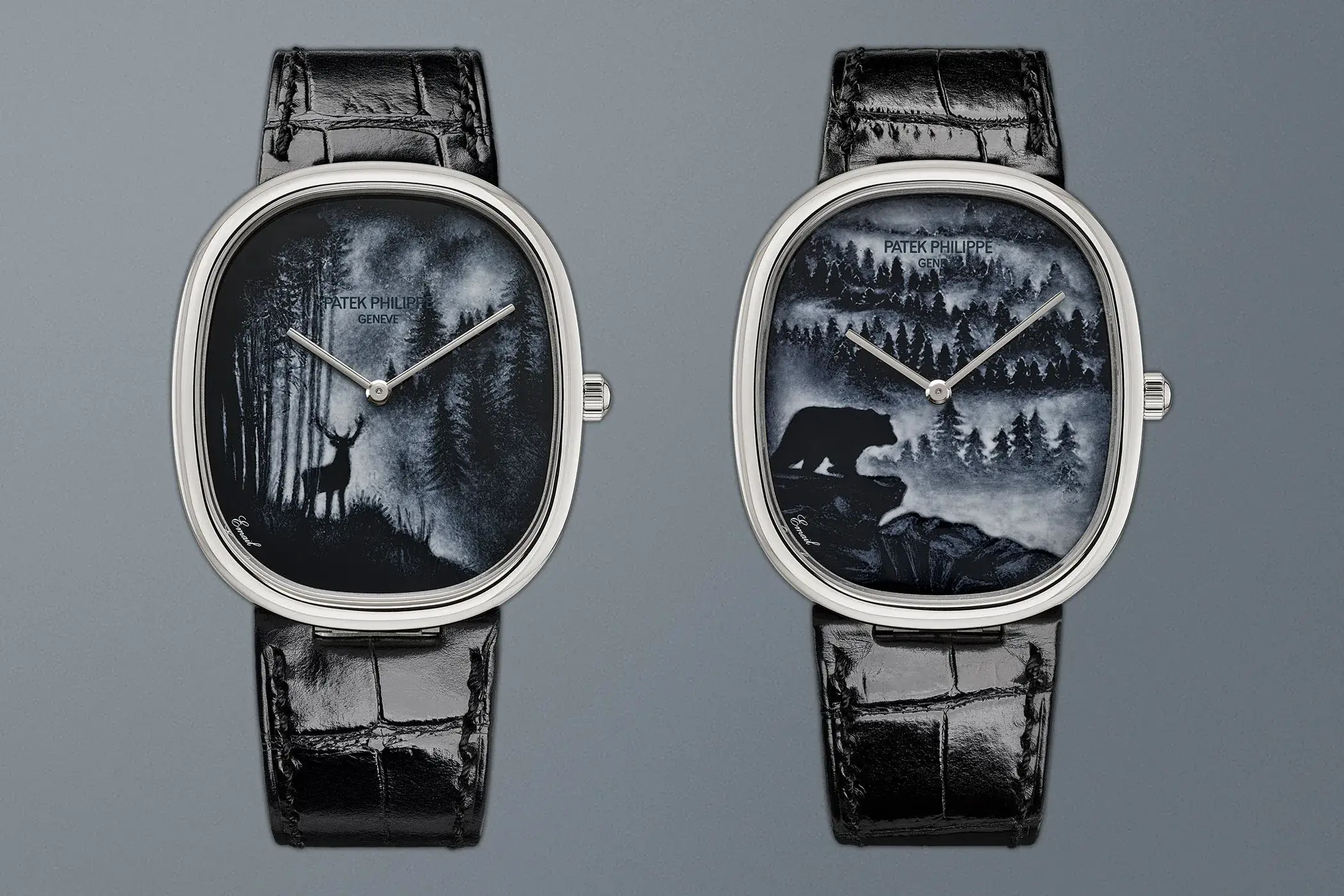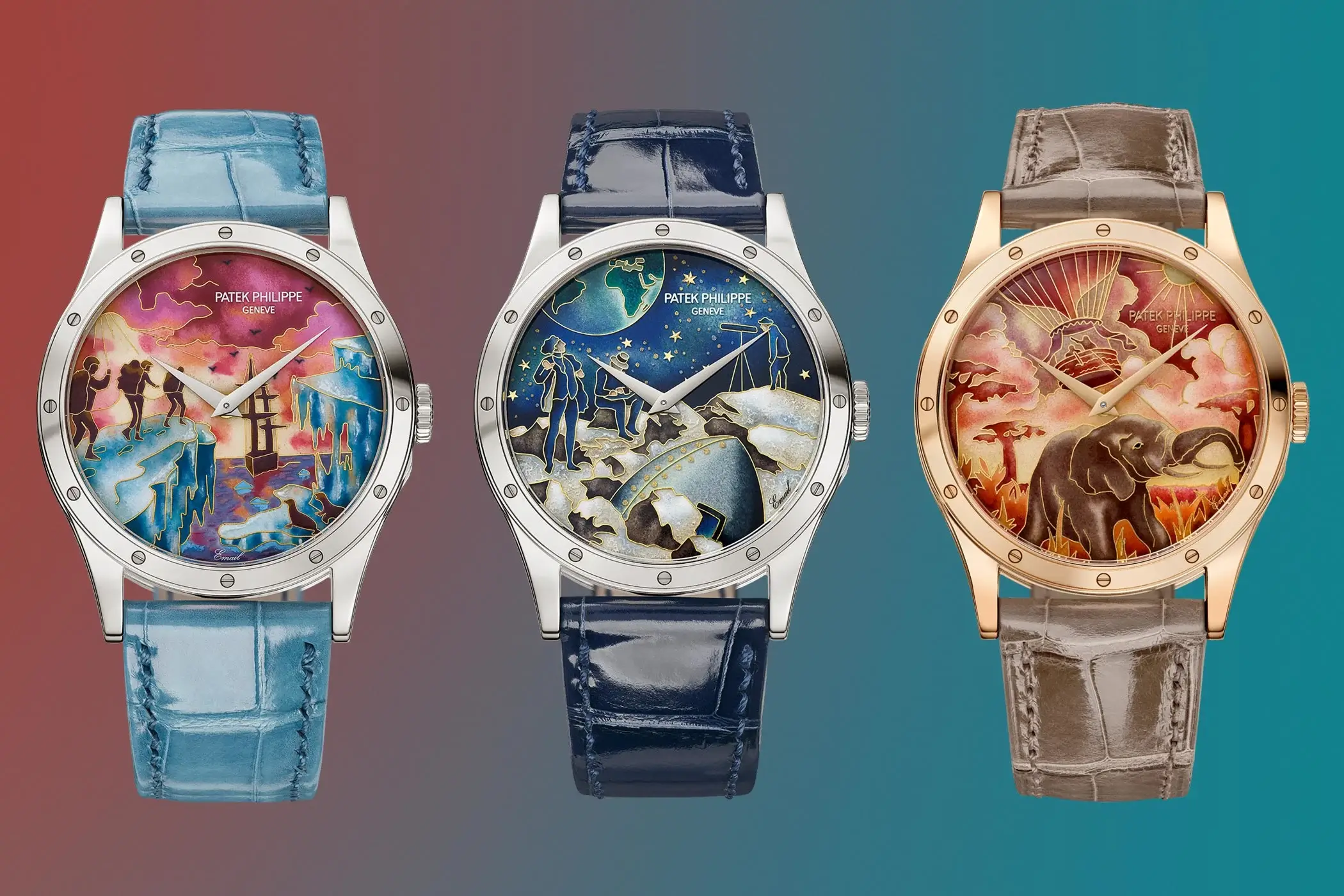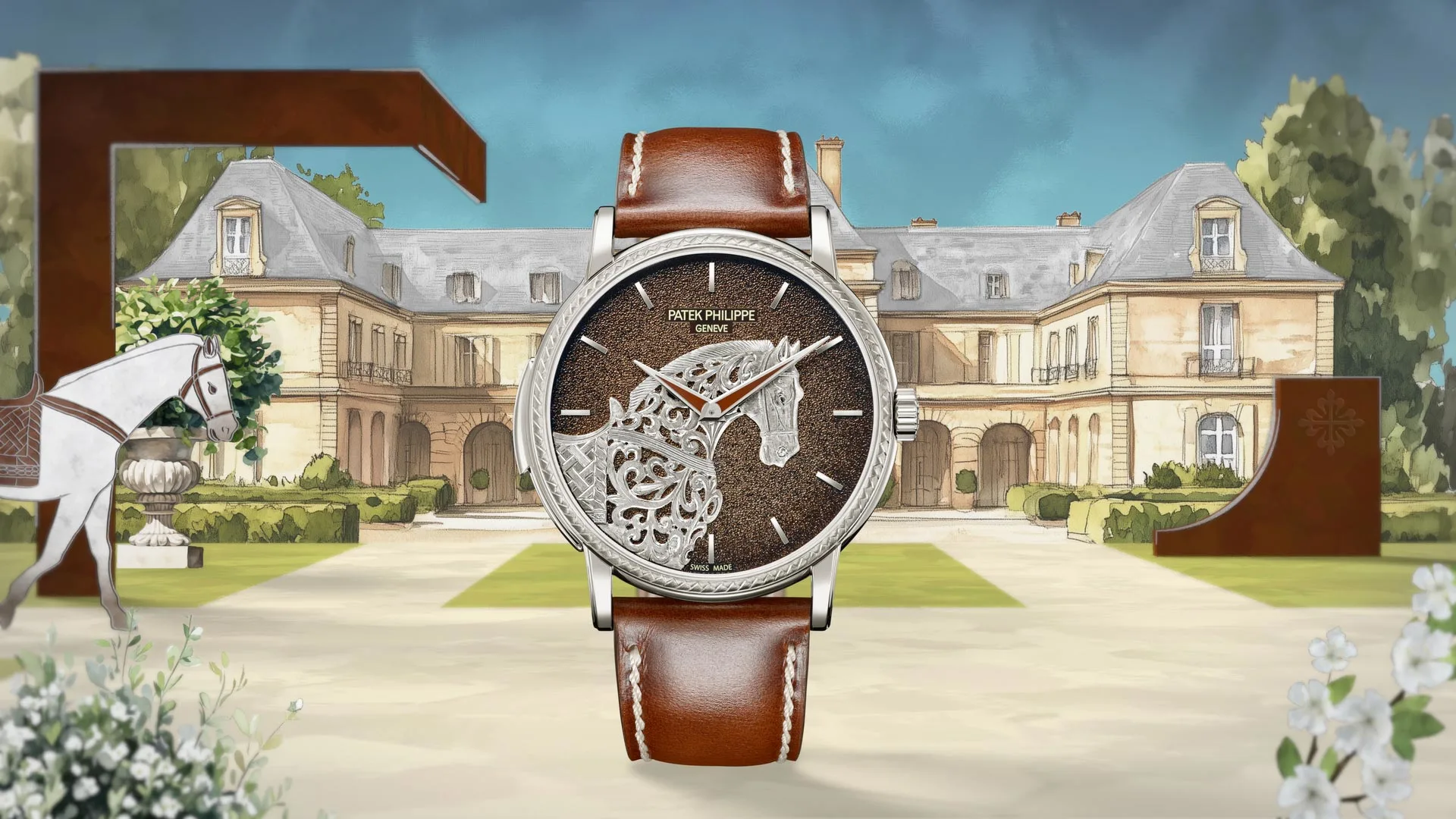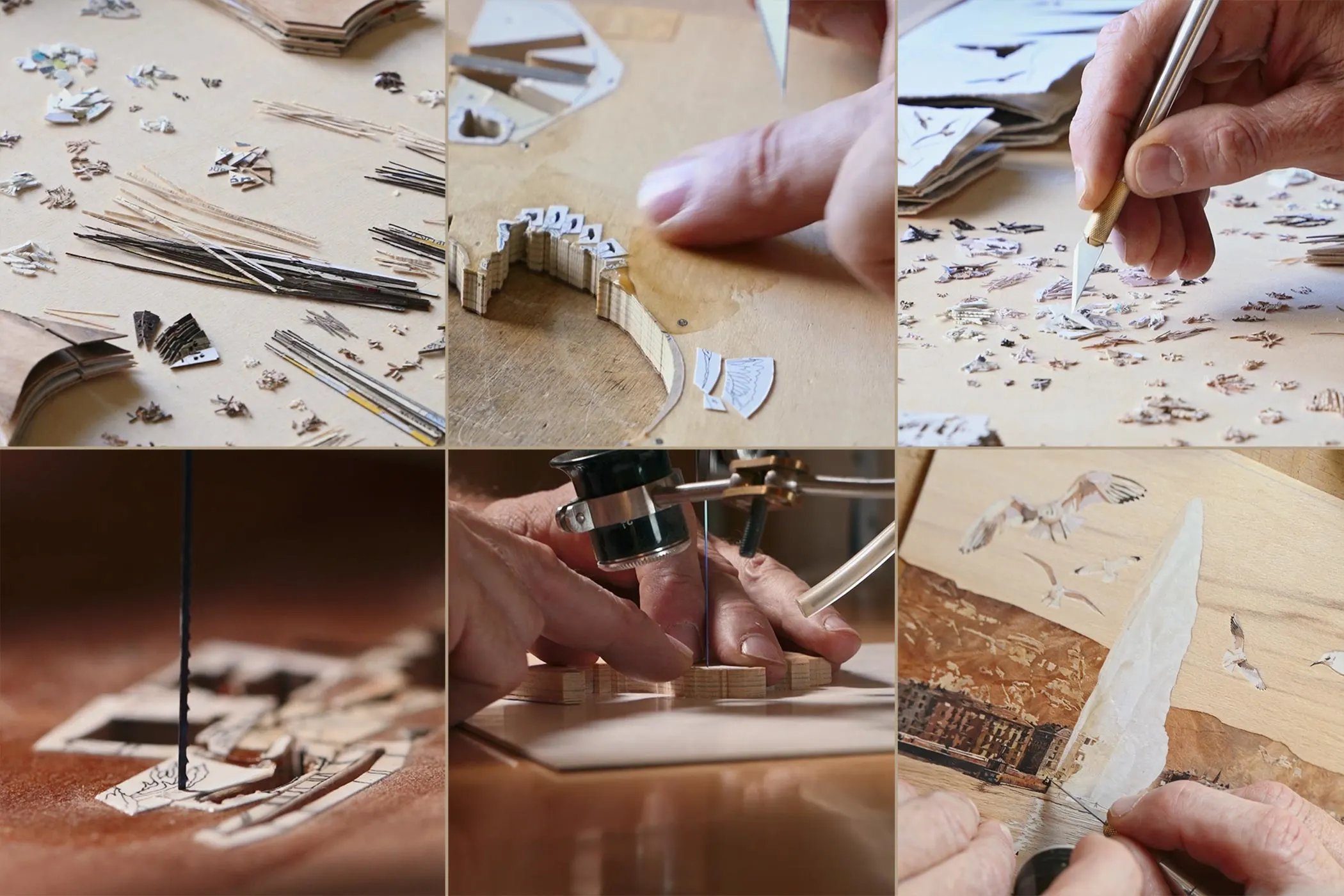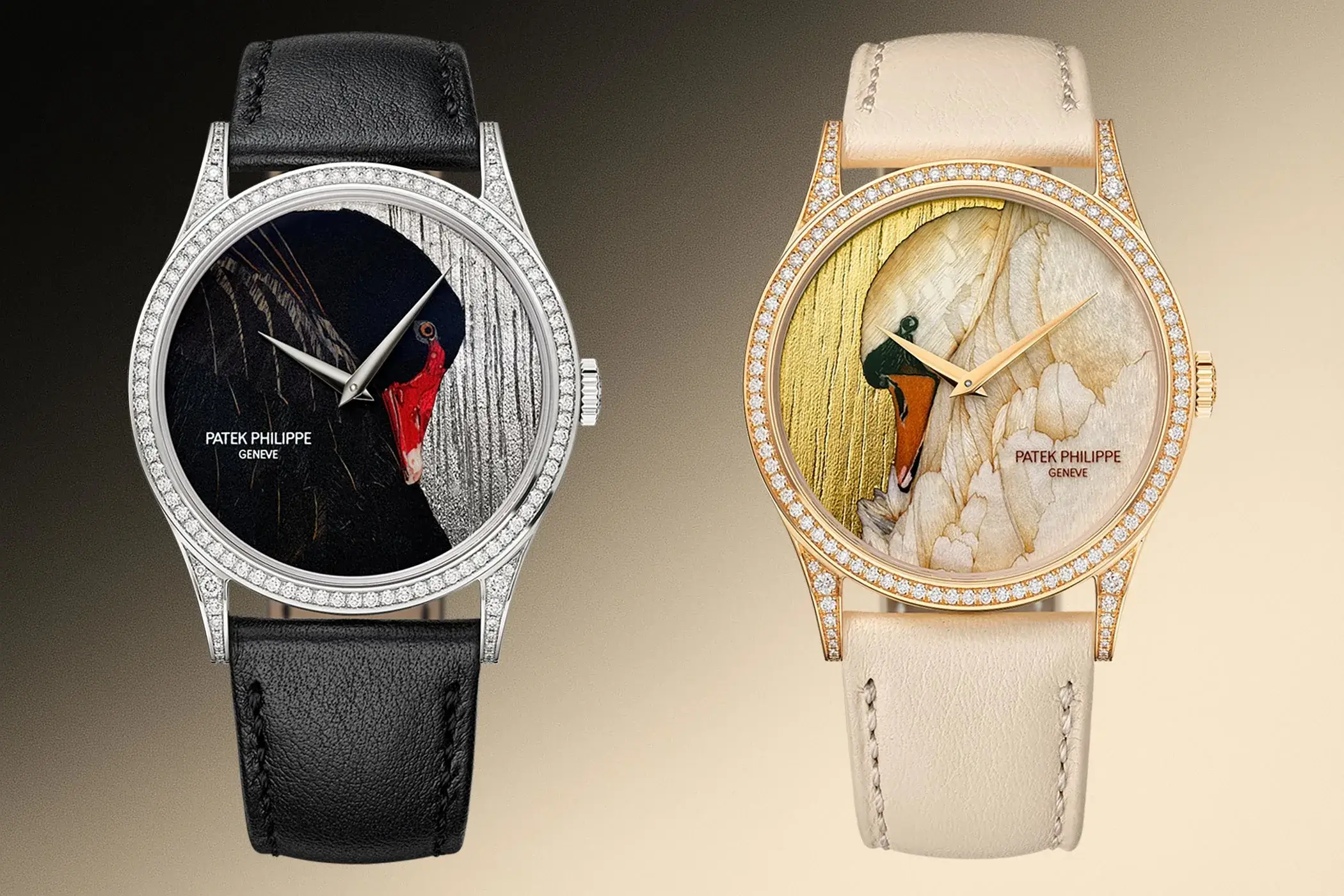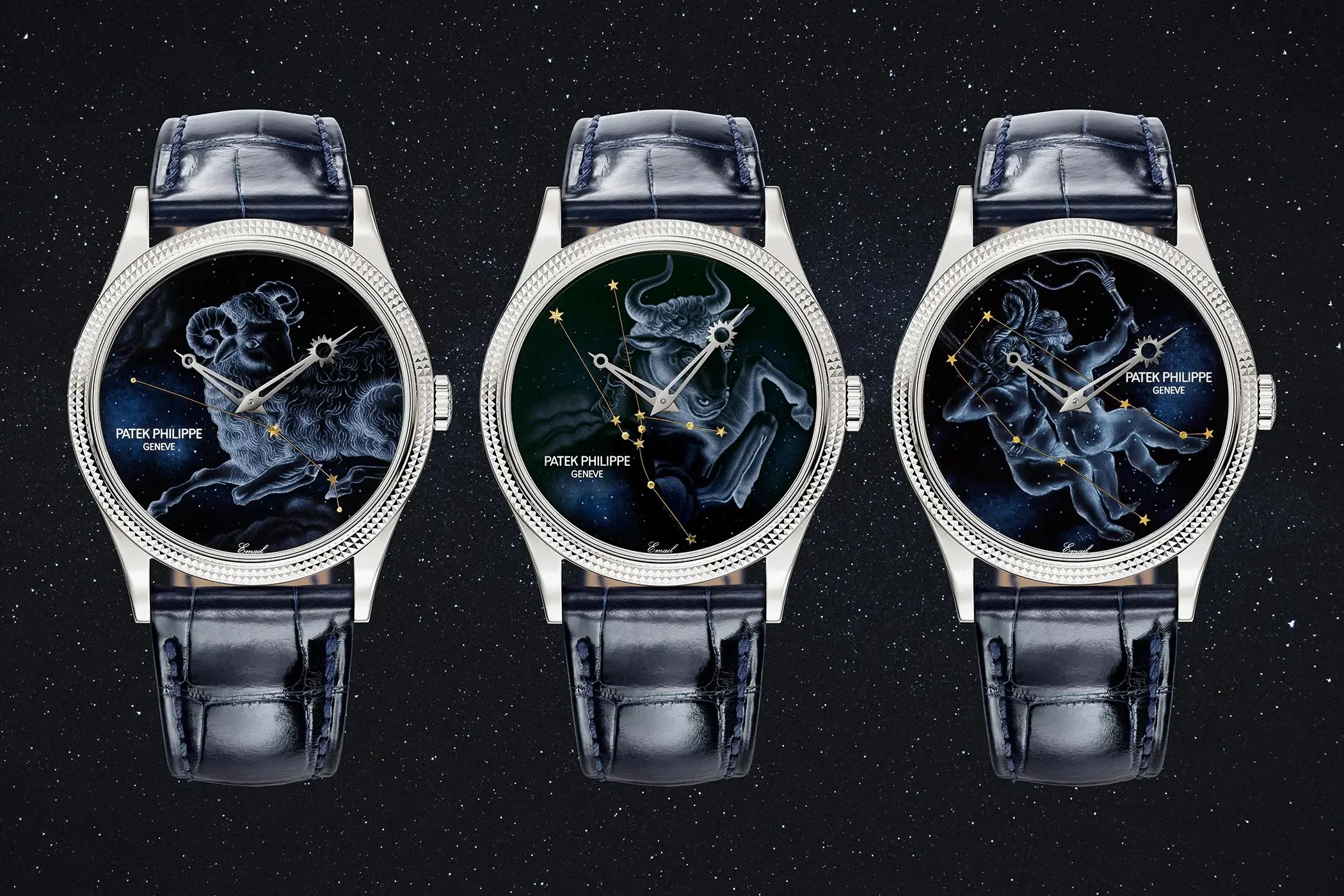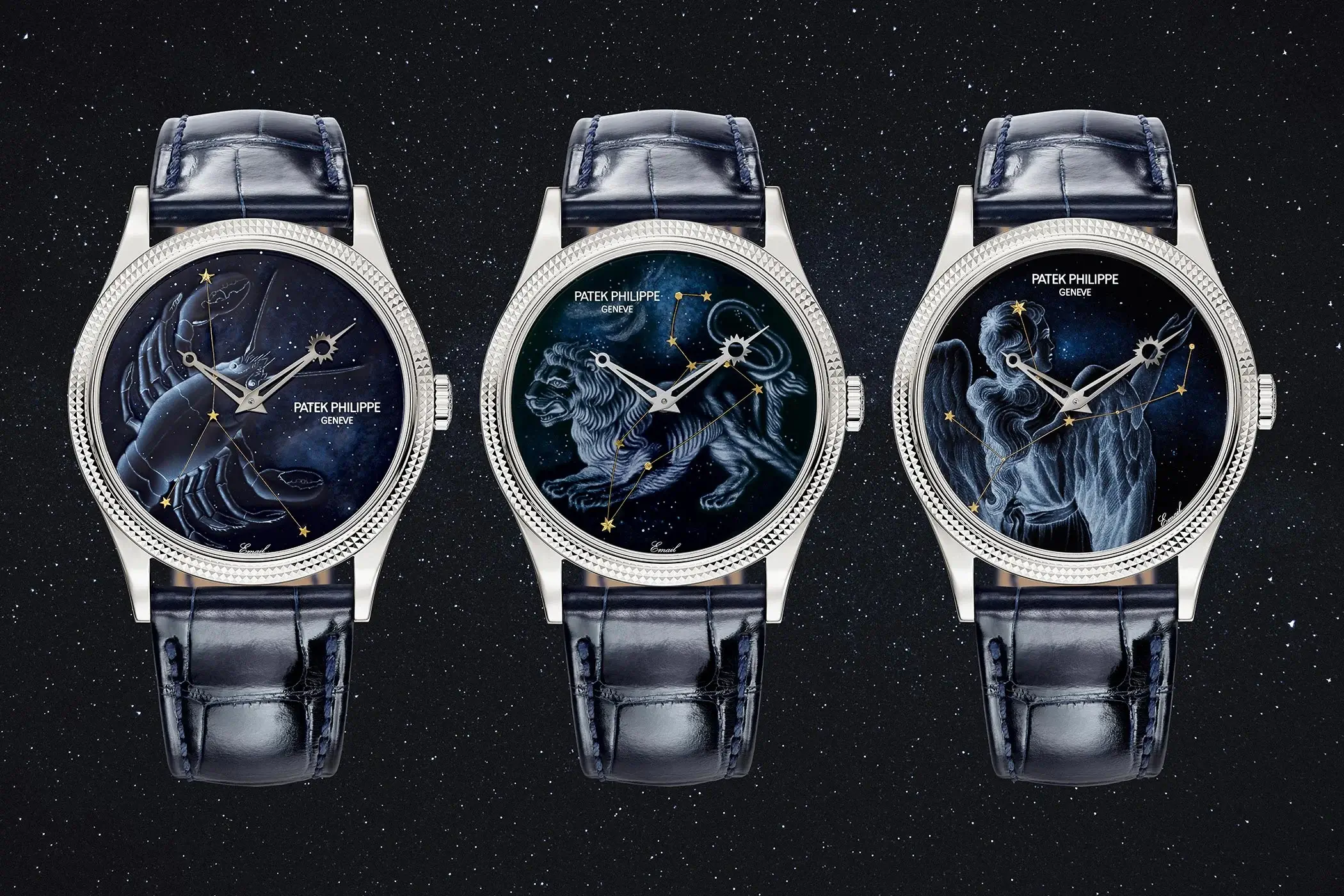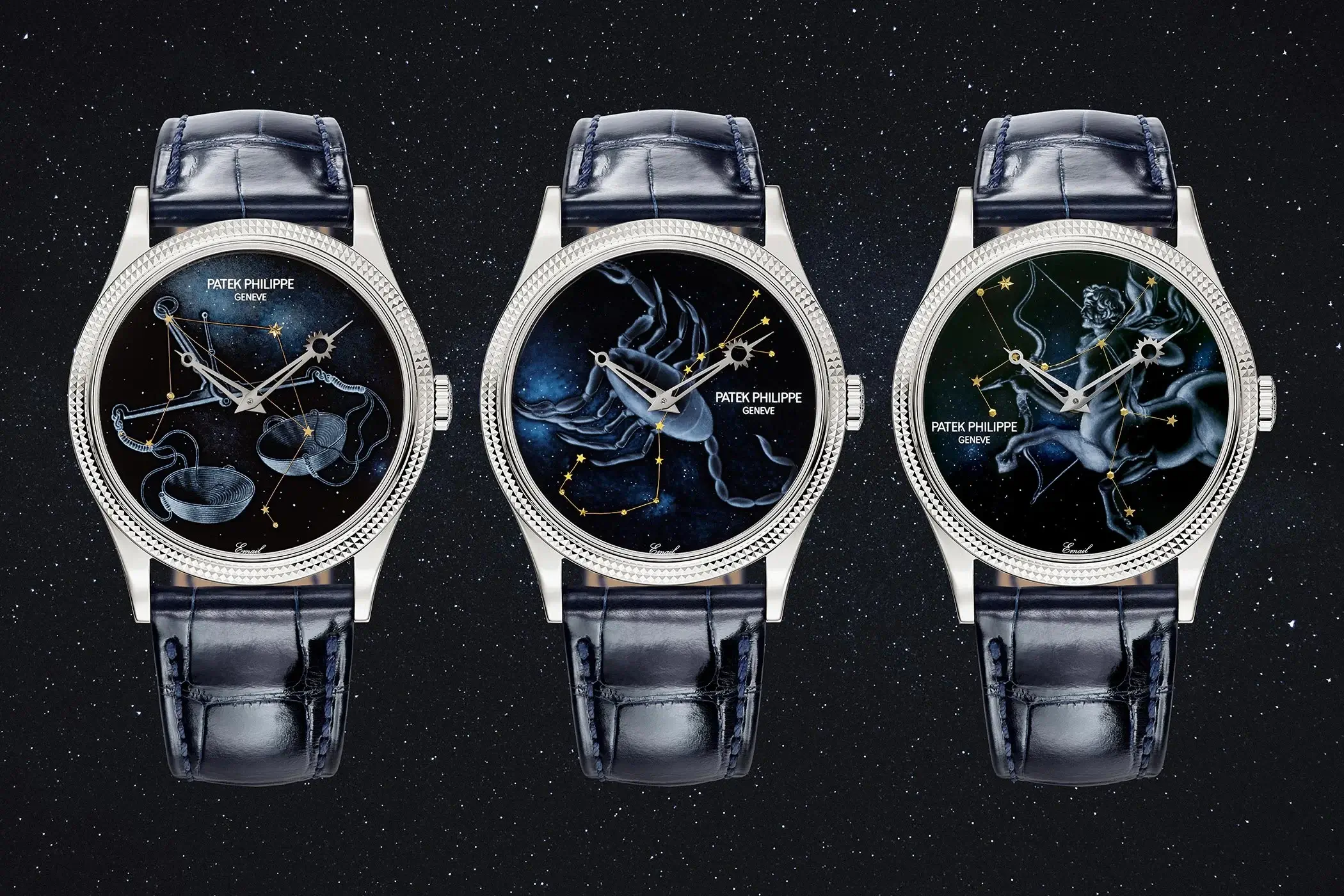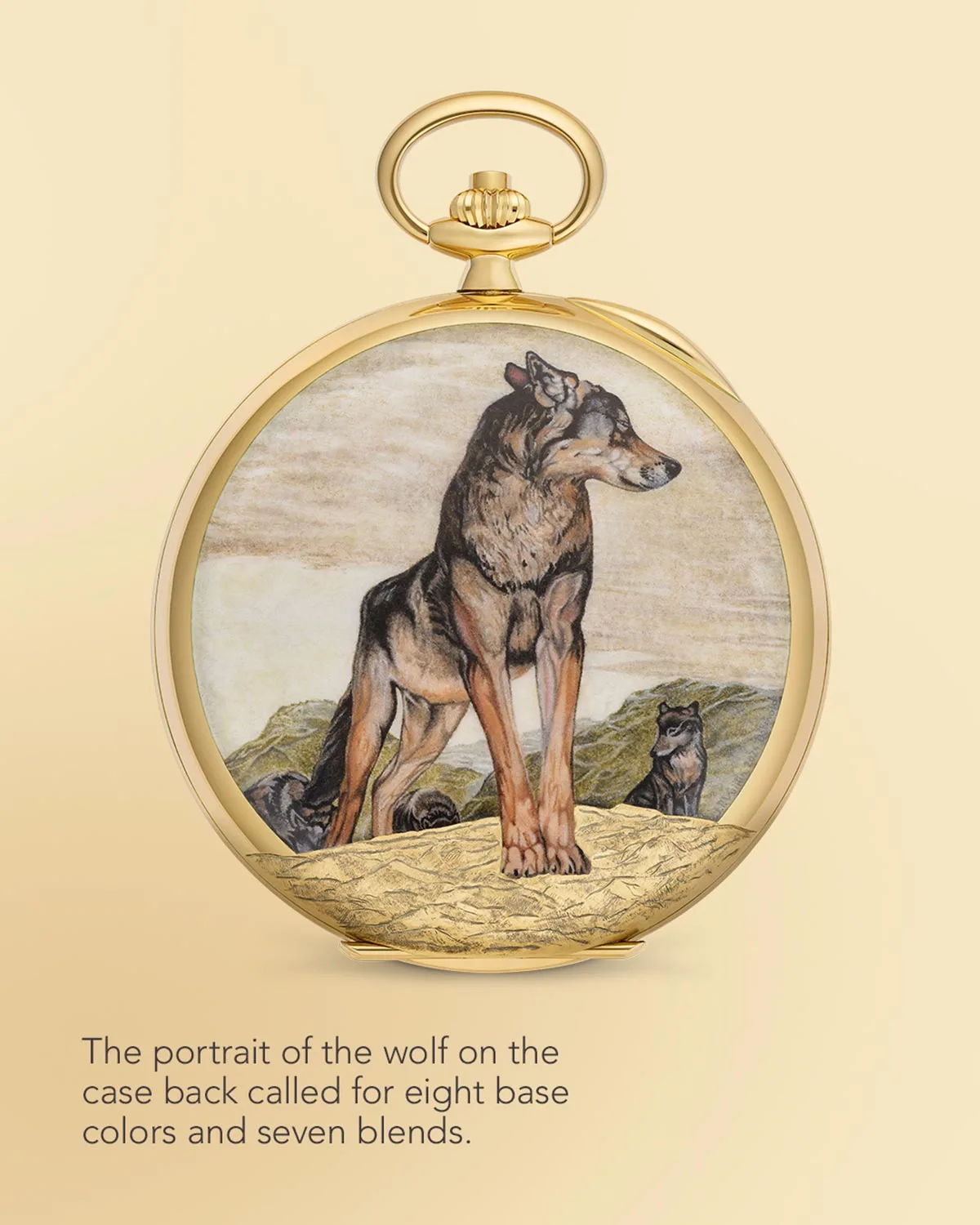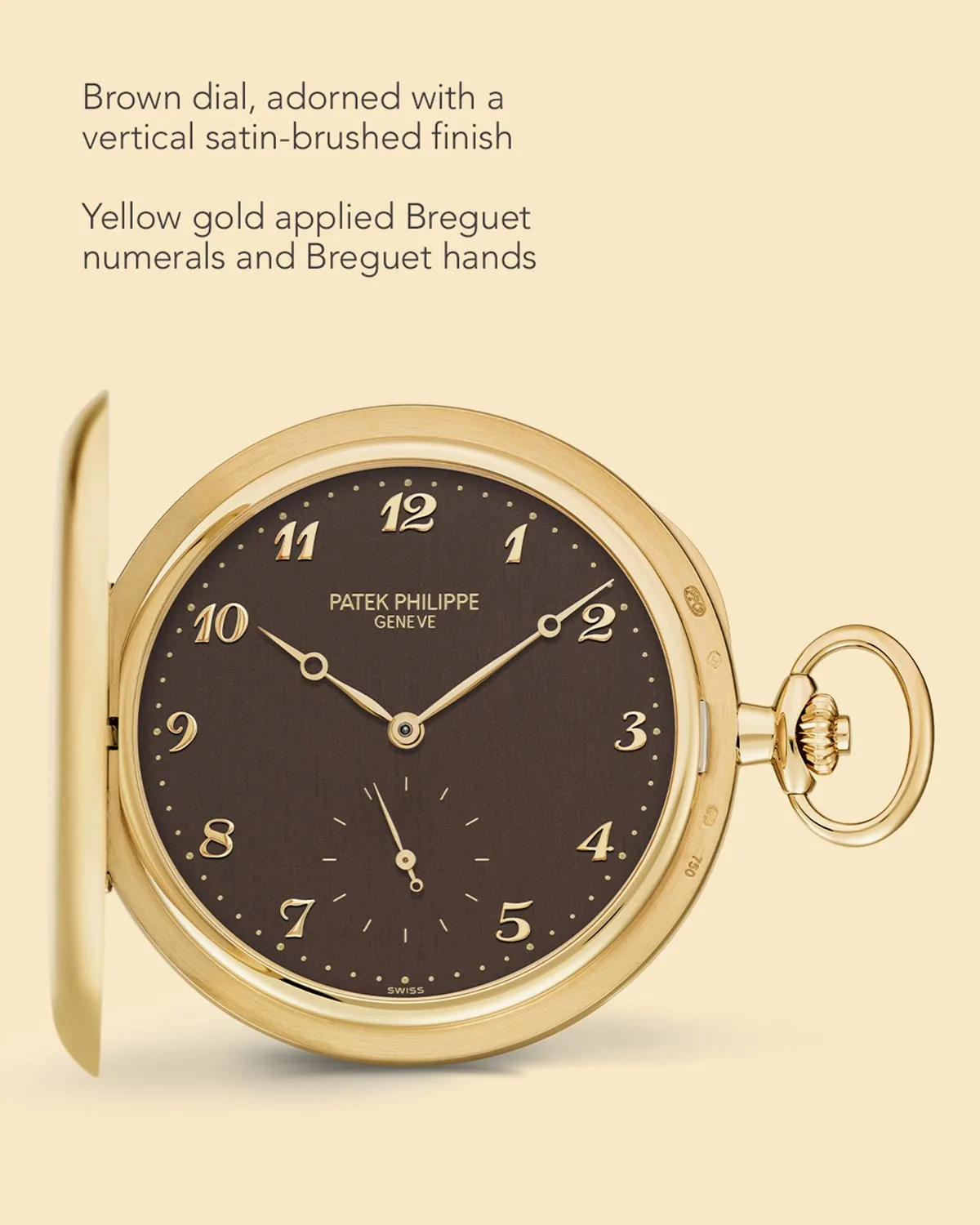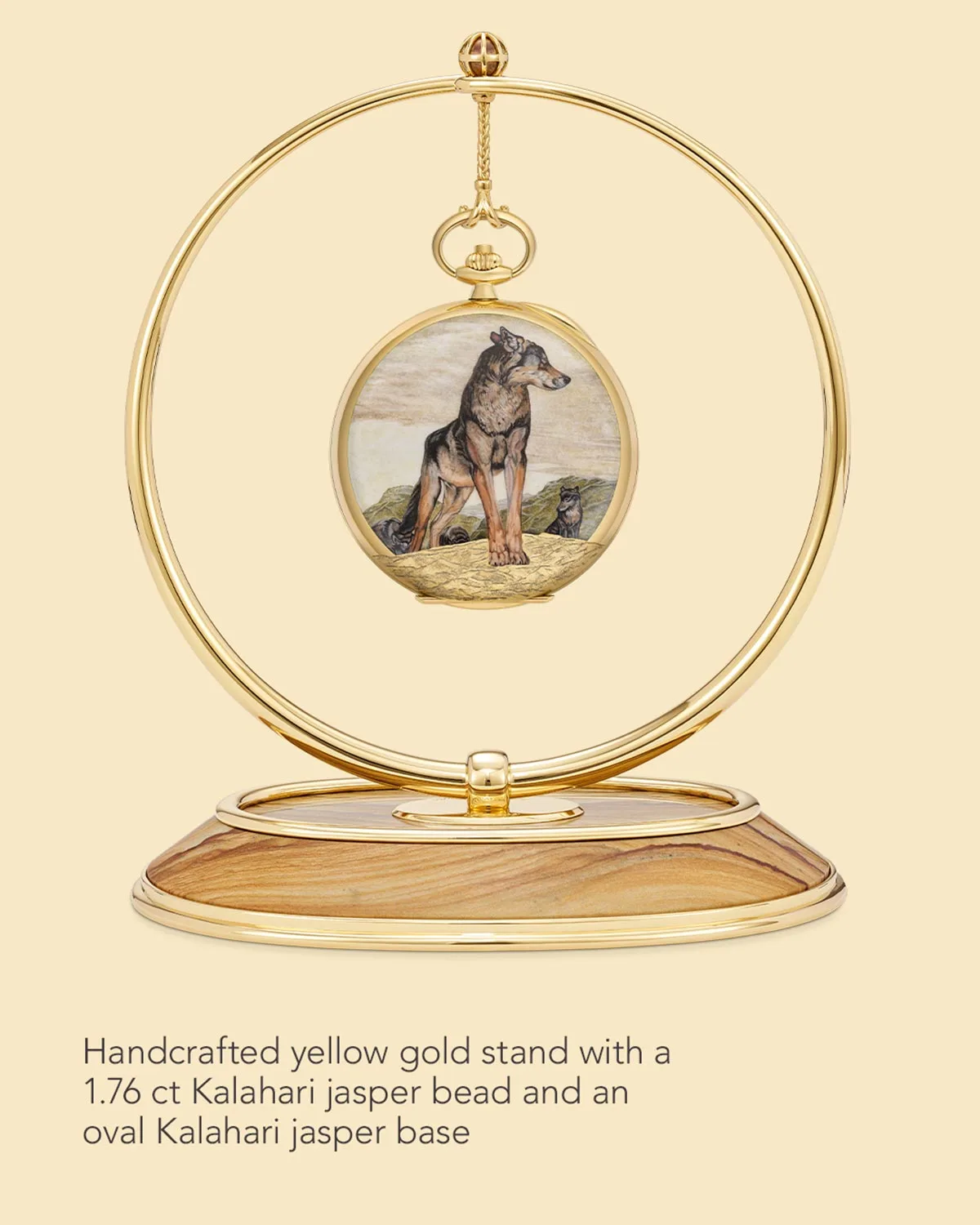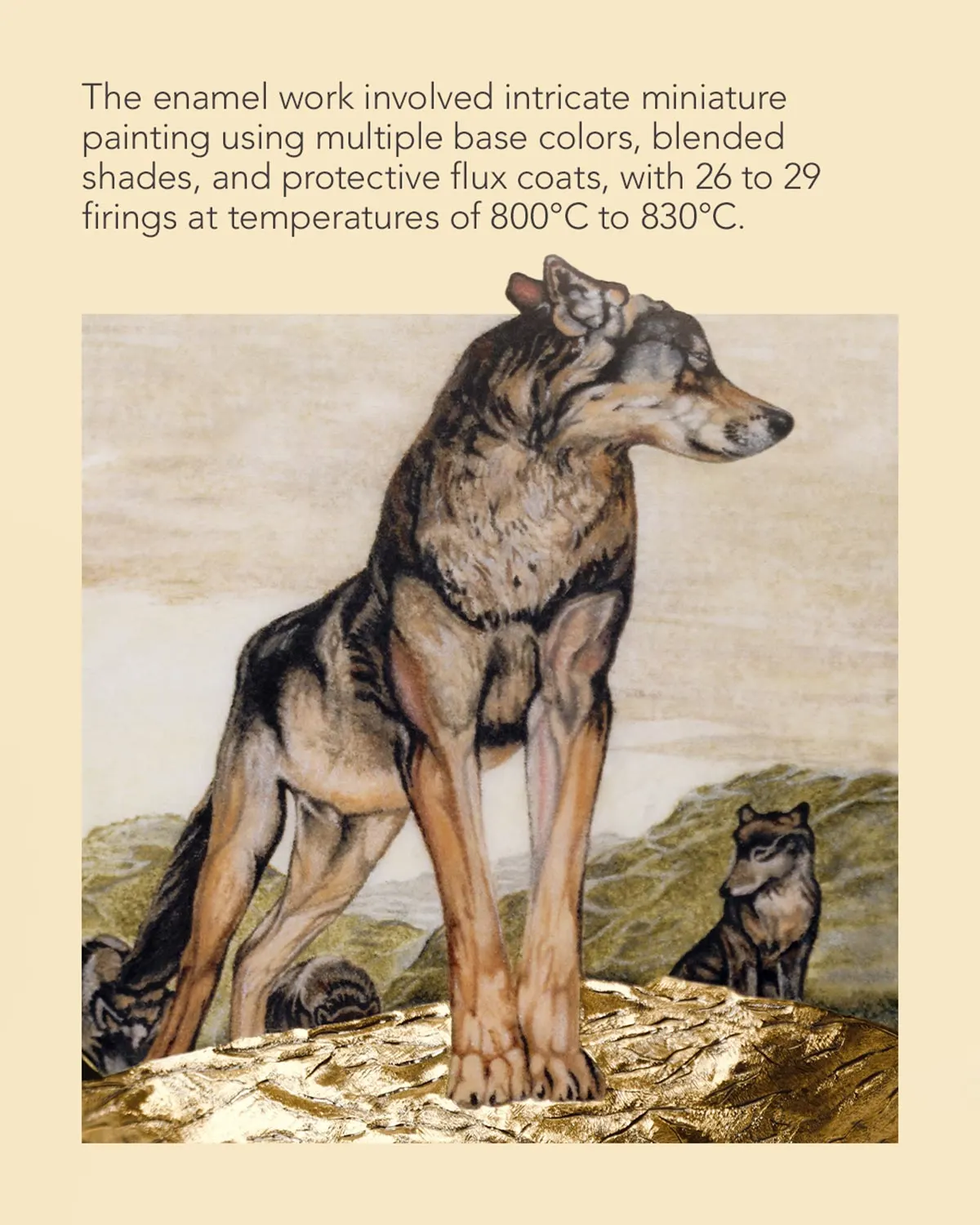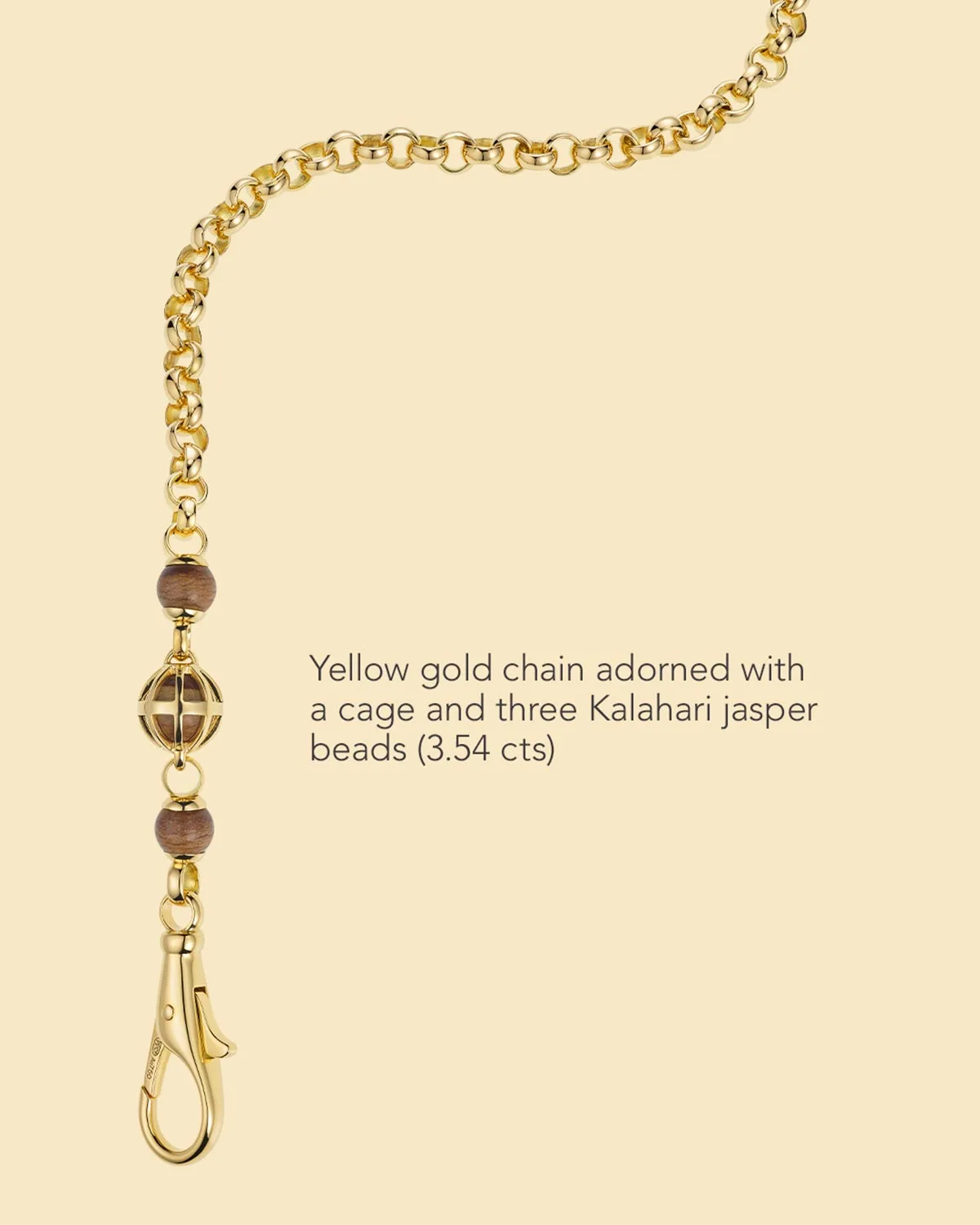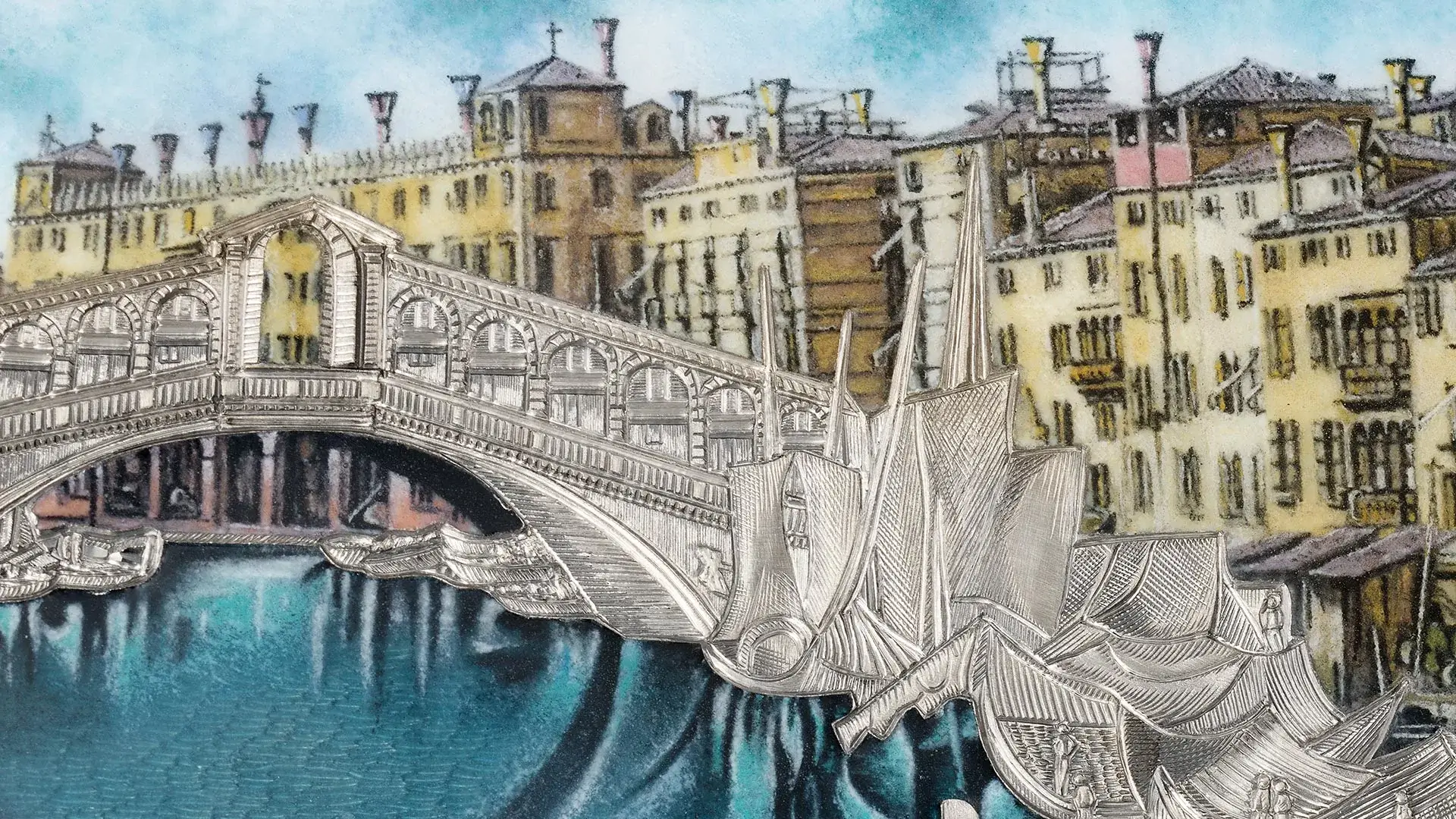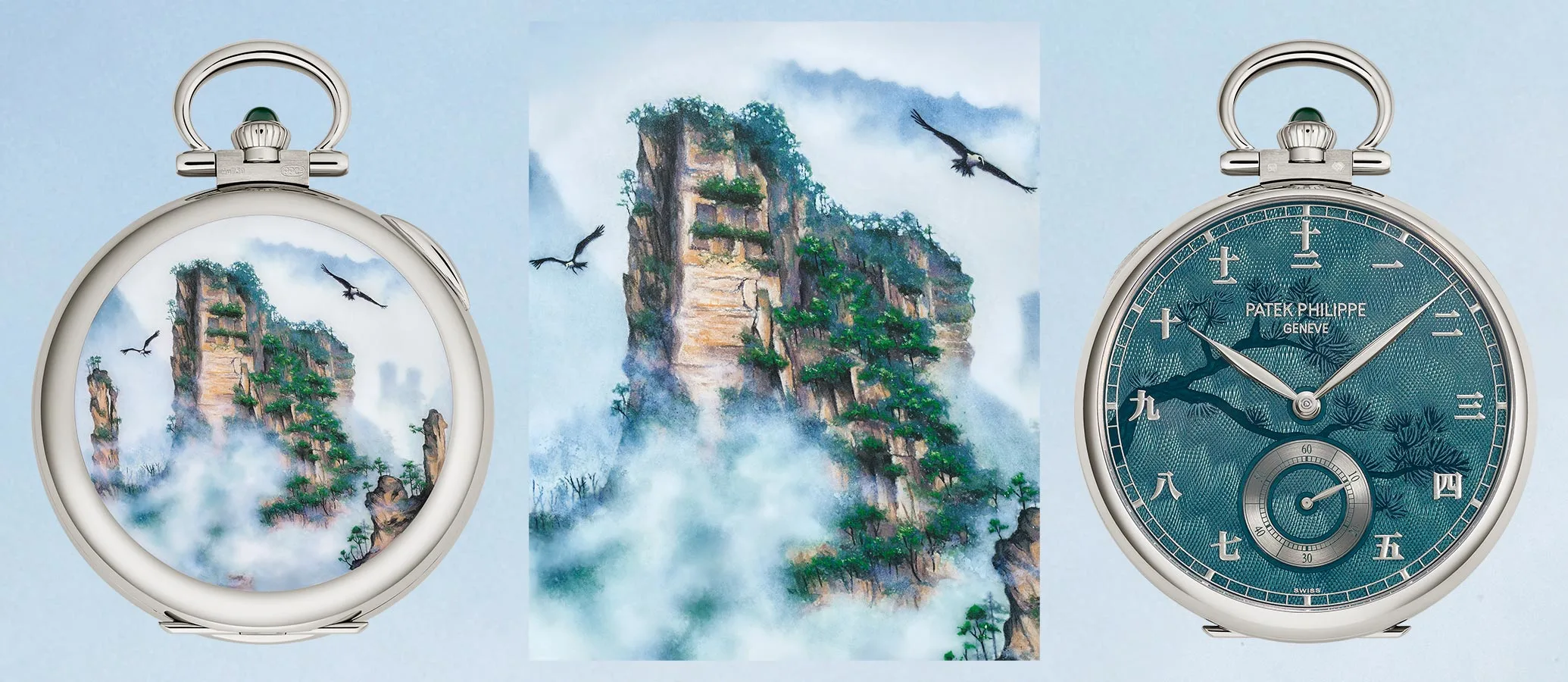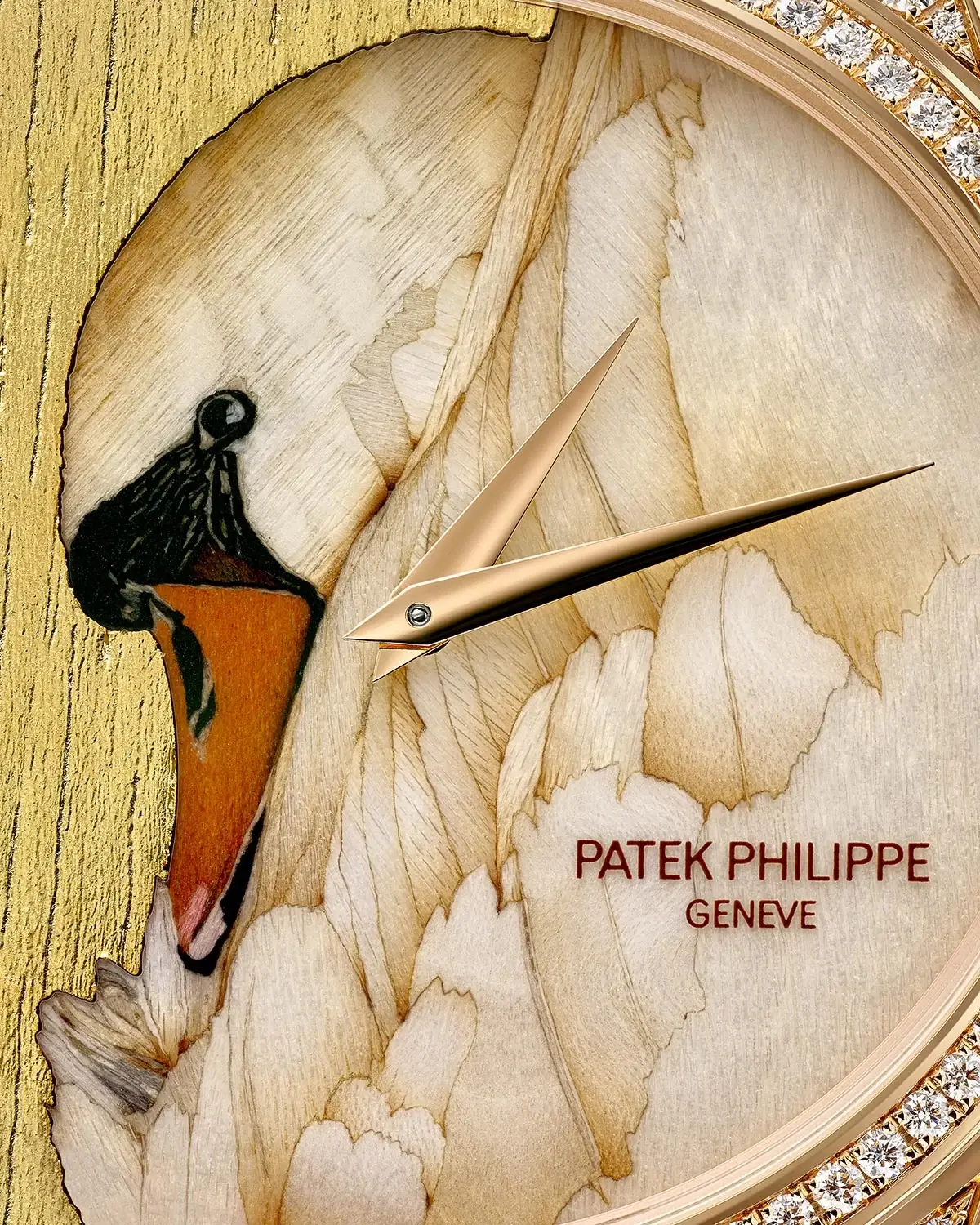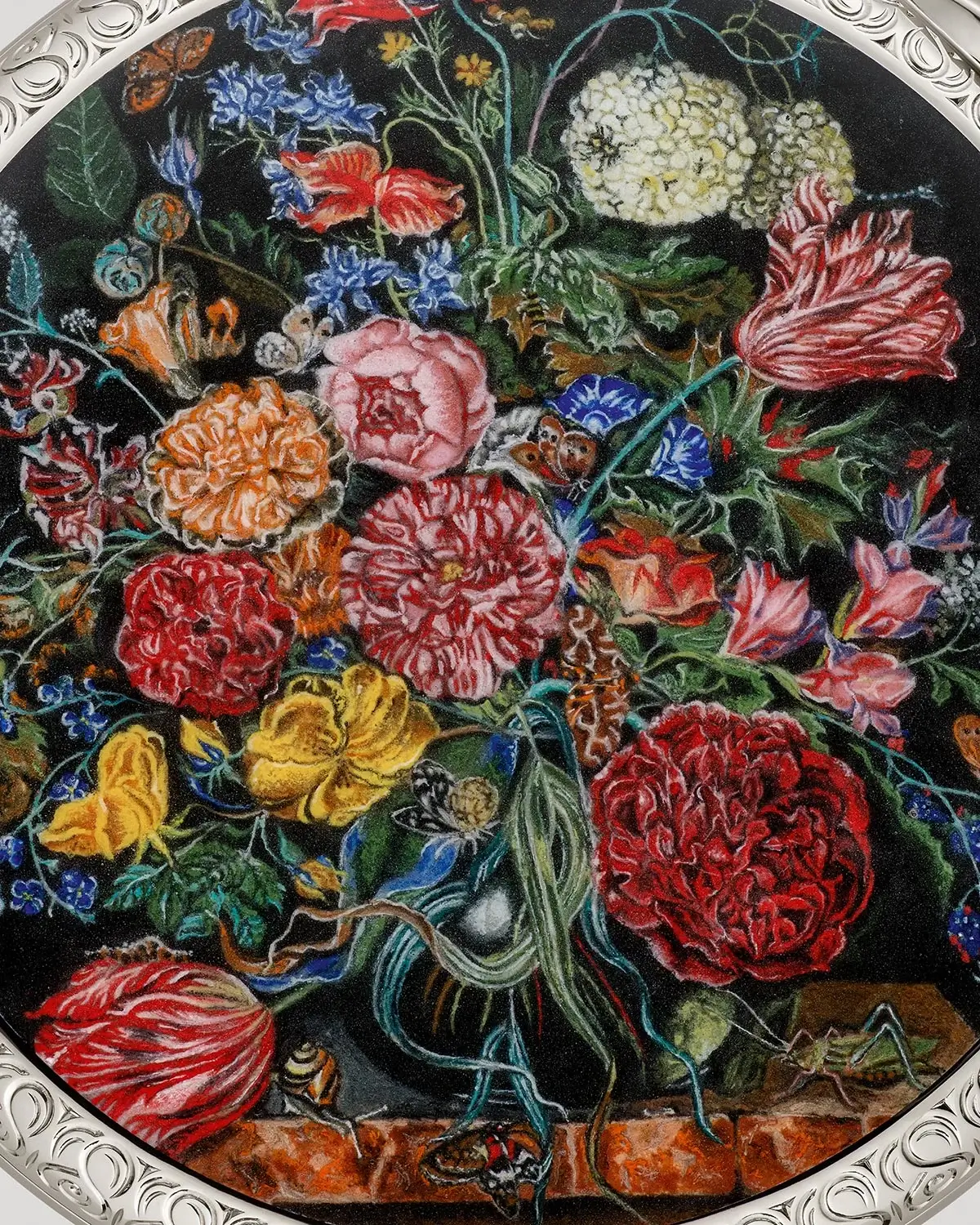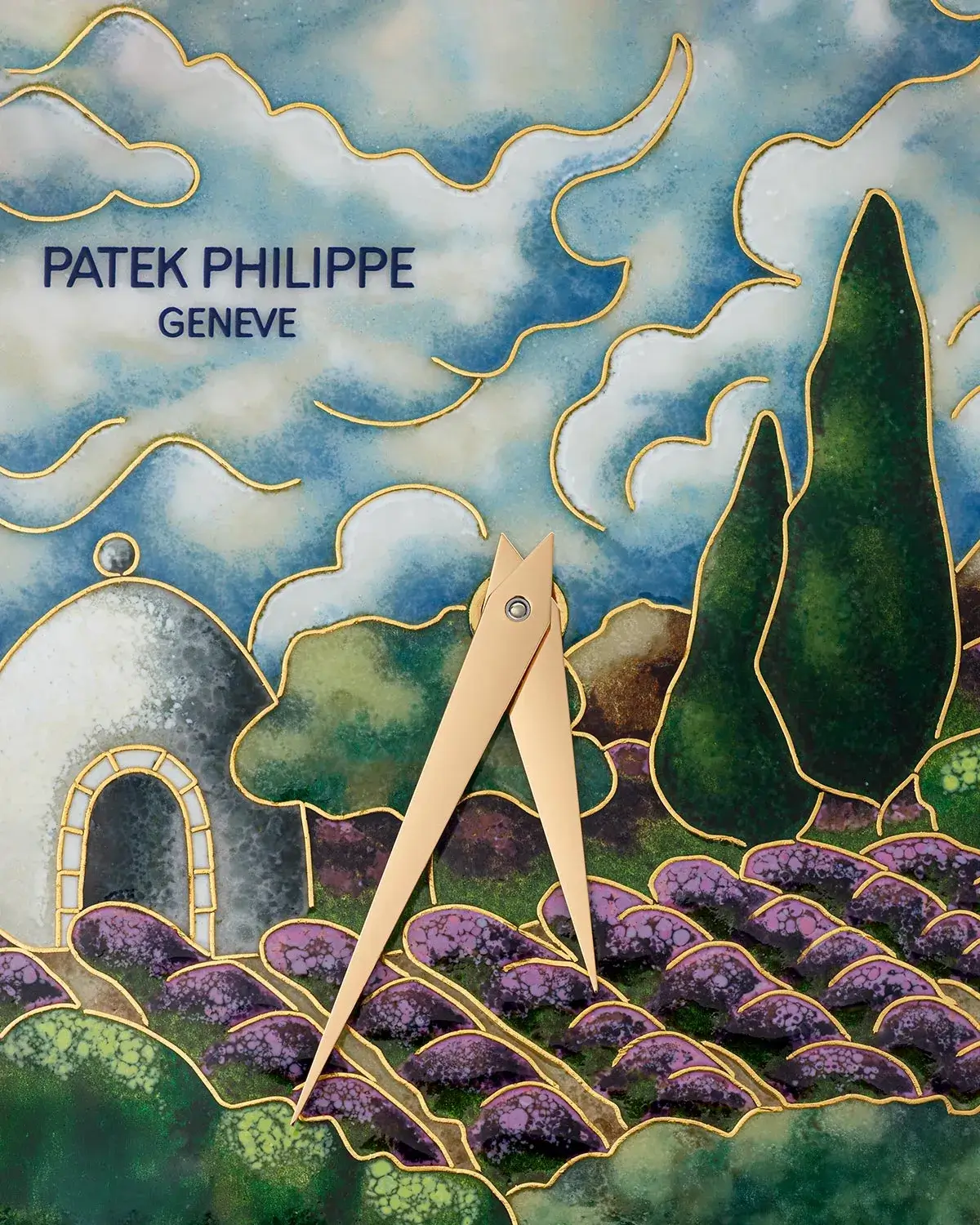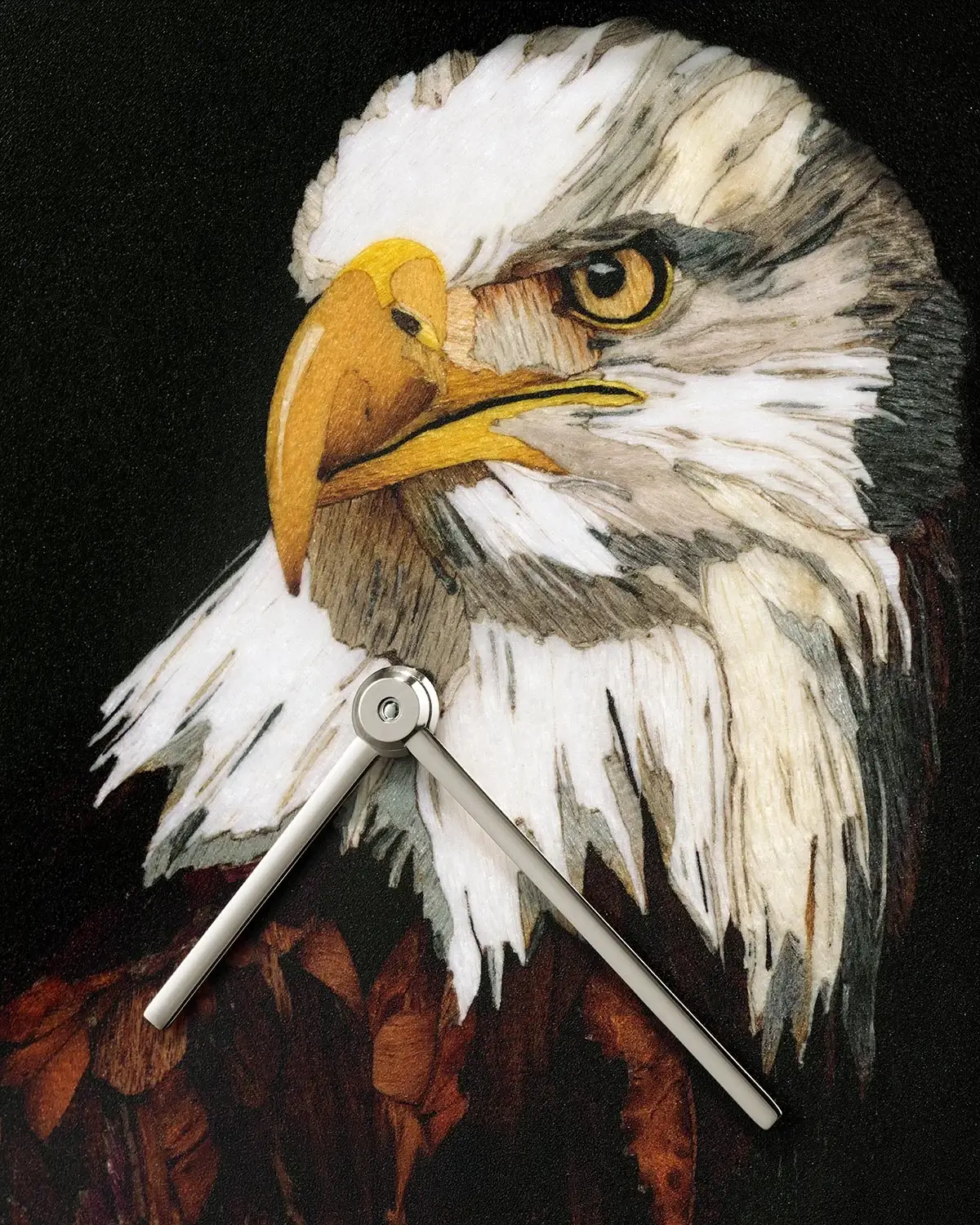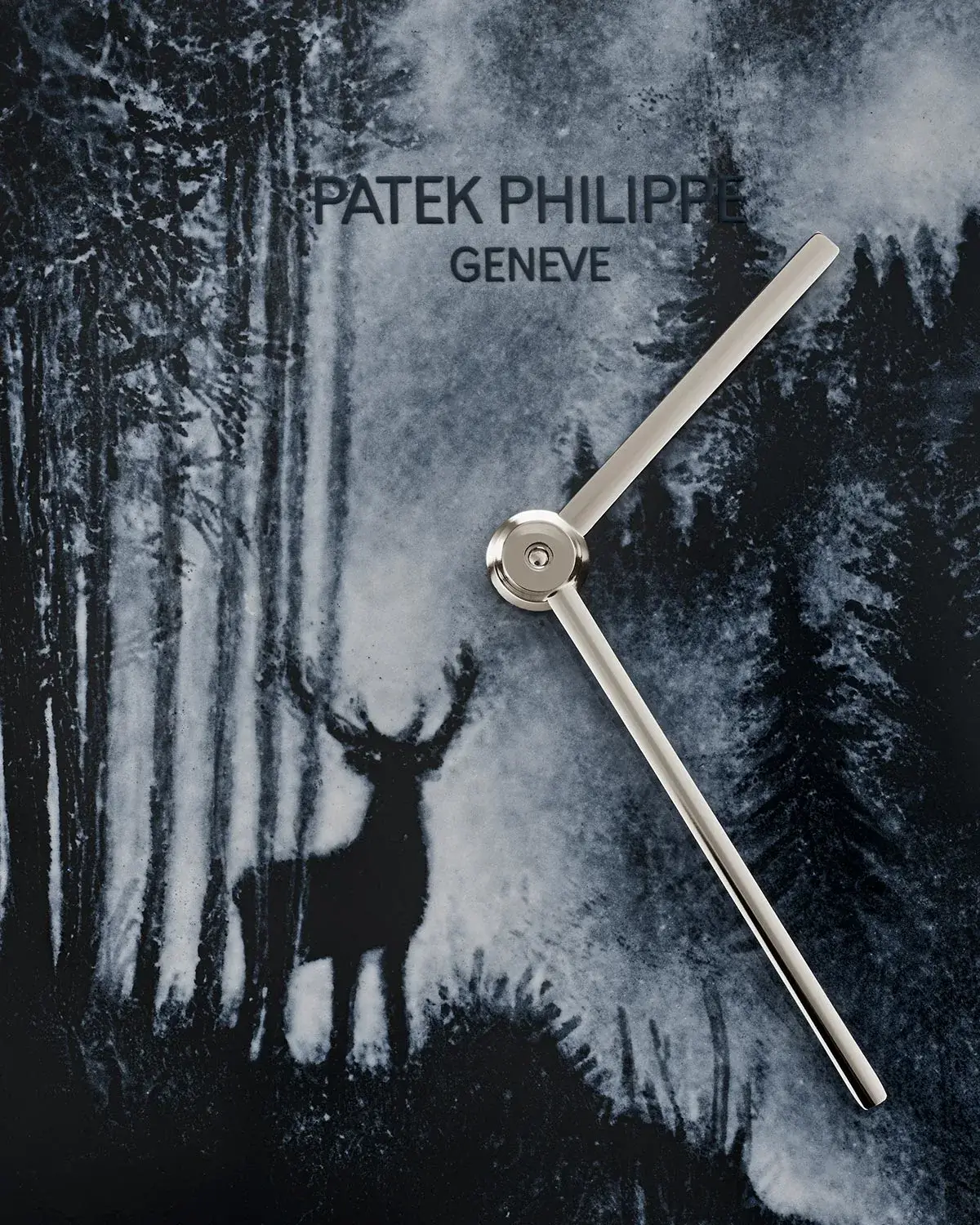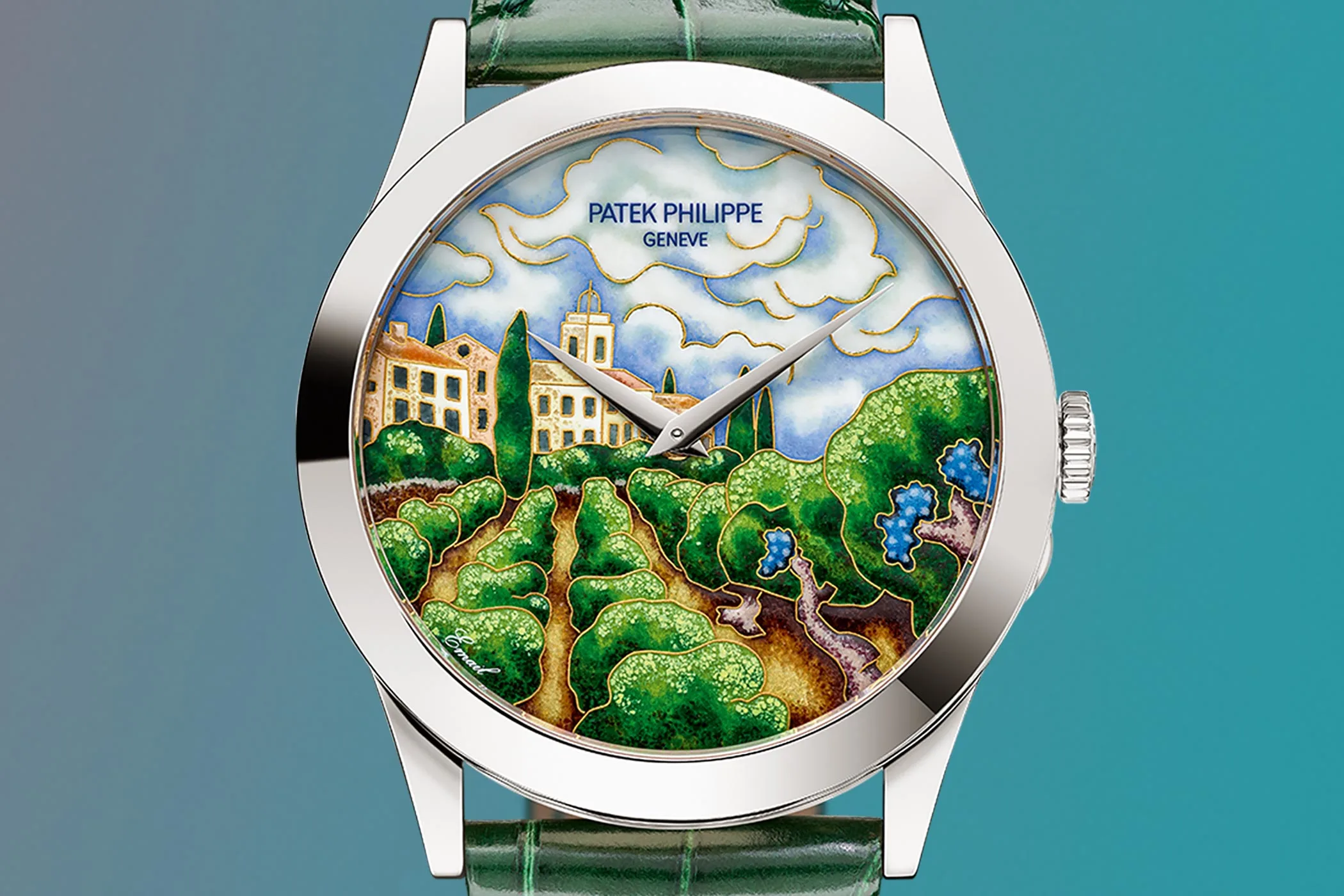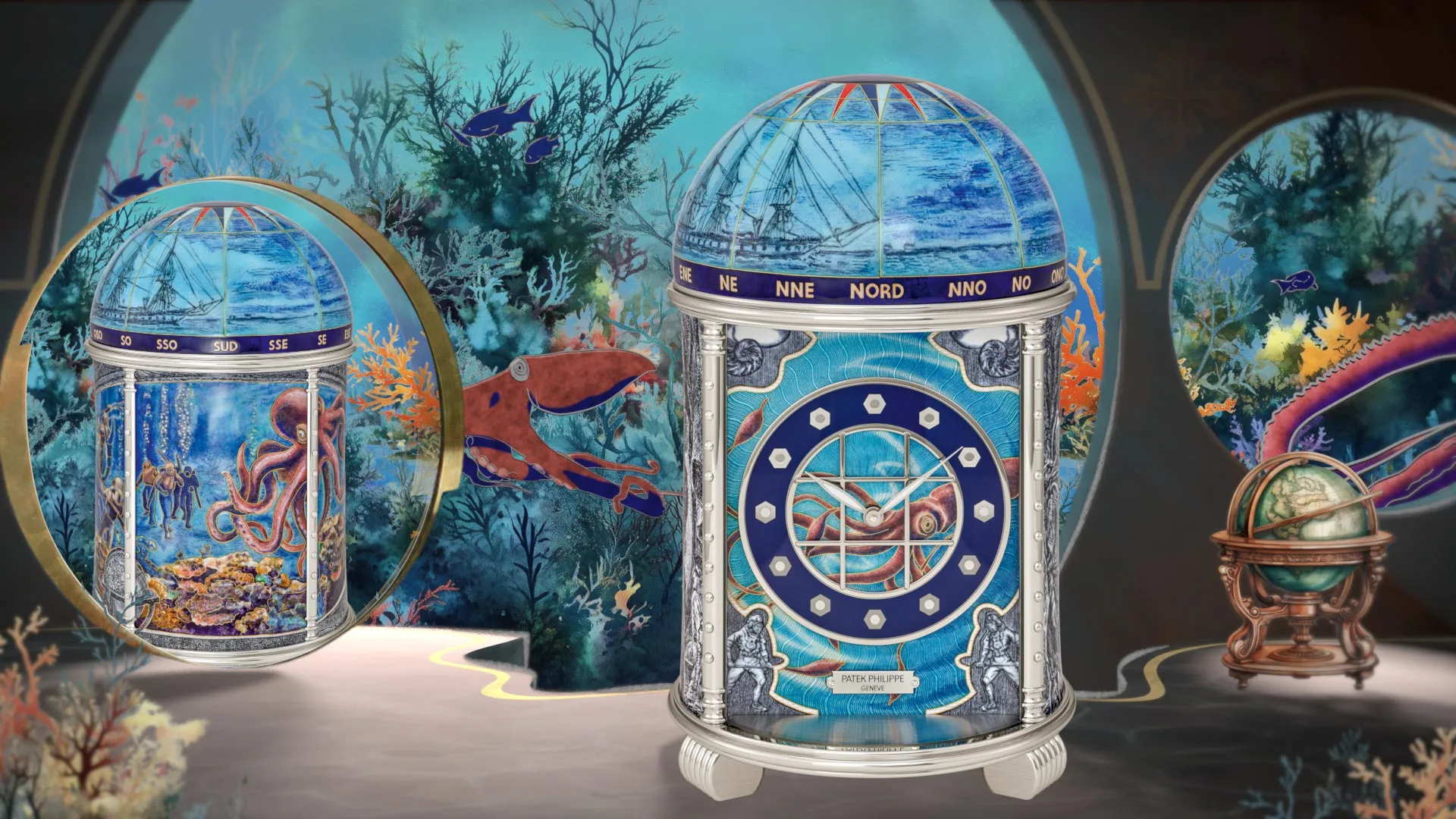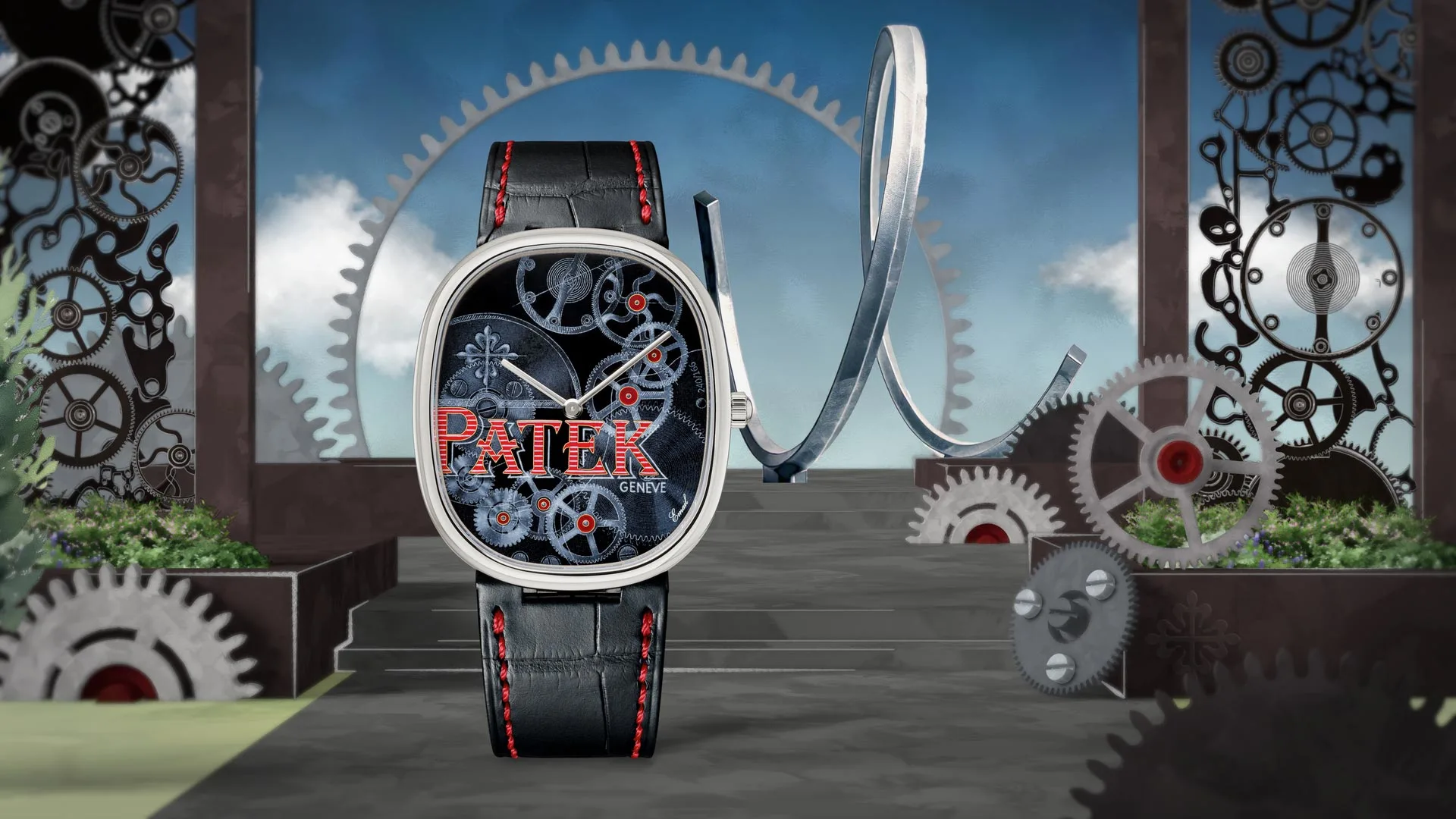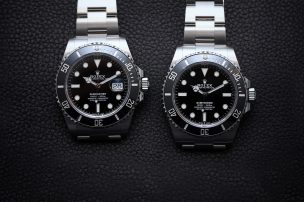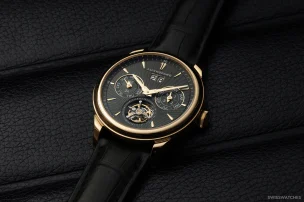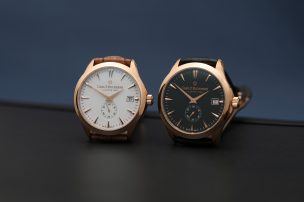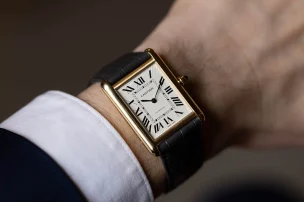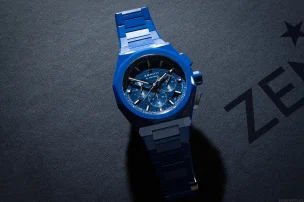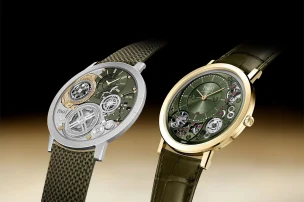
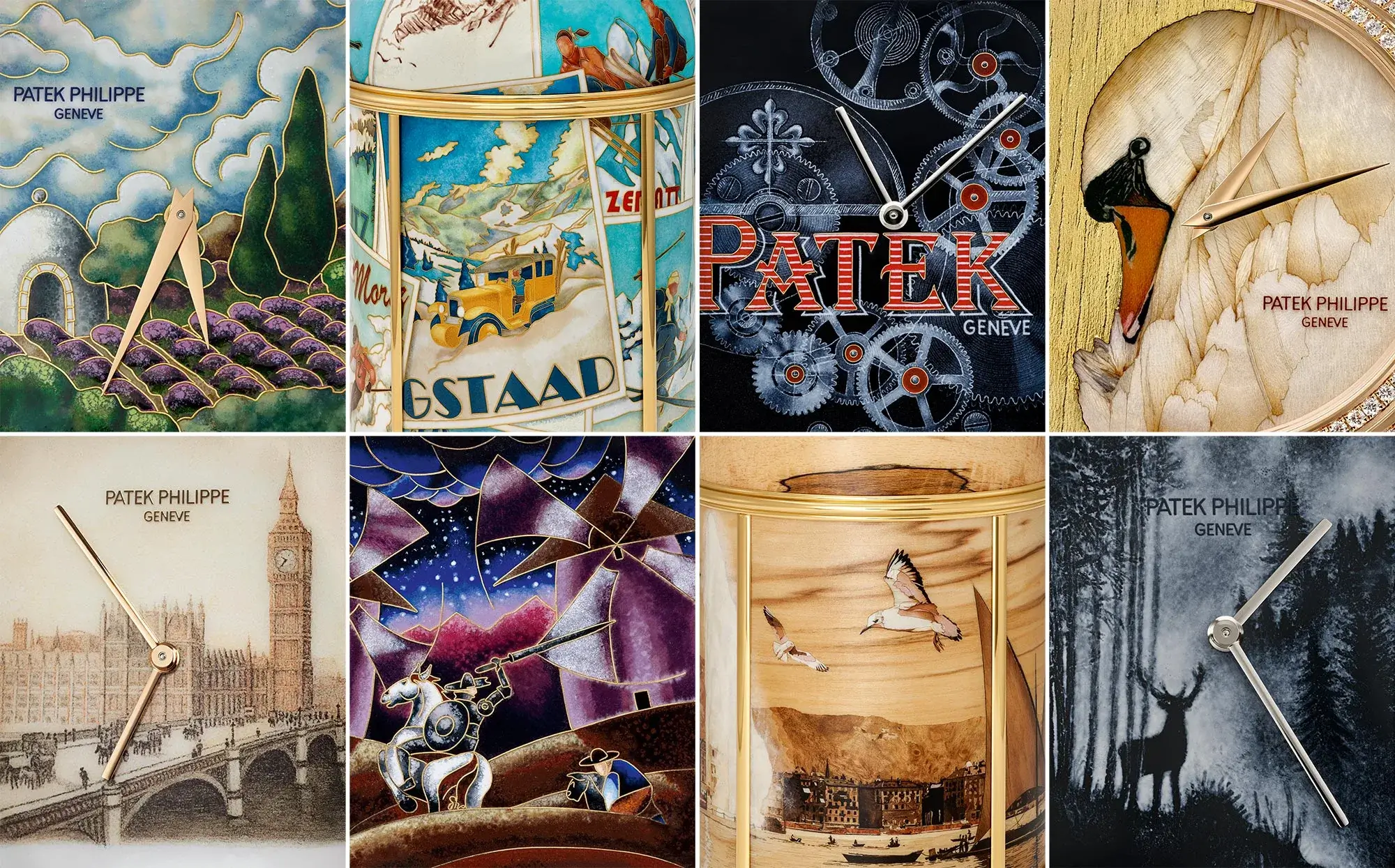
Patek Philippe Rare Handcrafts 2025: The Evolution of Artistic Craftsmanship
This spring in Geneva, Patek Philippe once again celebrated the artistry of watch dials with the unveiling of its new Rare Handcrafts 2025 collection. The highlights range from roaring stags to serene lake landscapes crafted entirely in wood marquetry.
A passion for mechanical timepieces is often dismissed as nostalgic – as if a love of precision, mechanics and artisanal excellence were somehow out of step with the modern world. With the Patek Philippe Rare Handcrafts 2025 collection, the manufacture once again demonstrates the very opposite: as rare as the skill required to create these unique pieces and mini editions of wristwatches, pocket watches and table dome clocks has become, so great is not only the desire for them, but also the commitment of all those involved to continually achieve new heights of excellence.
And isn’t it precisely this constant striving for improvement that drives the world forward? Without wanting to sound too preachy, what the enamellers, stone setters, engravers, guillocheurs, and marquetry artists reimagine and implement each year is more than just impressive craftsmanship.
The manufacture is distinguished by its appreciation for the extraordinary and the beautiful in life, inspiring not only Rare Handcrafts collectors but also watchmaking enthusiasts around the world. The collection’s appeal strengthens the industry, and the 23 dome table clocks, ten pocket watches, and 44 different wristwatches in the 2025 collection are well worth a look. They are complemented by the Reference 27000M-001 table clock, which is inspired by historical models from the 1920s and is both part of the Rare Handcrafts collection and a new addition to the Manufacture’s Grand Complications segment.
Dome Clocks in the Rare Handcrafts Collection: From Lakeside Landscapes to the Ski Jet Set
What resonates most with each admirer of the collection is, naturally, a matter of personal taste. The huntsman may feel a particular thrill at the sight of the stag on The Roaring Deer (Ref. 20178M-001), while clients from the Far East may be especially drawn to Japanese Tea Ceremony (Ref. 20102M-001). Two very different unique pieces – and at the same time both exquisite examples of enamel artistry and miniature painting.
But personal preferences aside, Ref. 2100M-001 is an exceptional piece. The piece, bearing the name ‘Geneva Harbour’, is the manufacturer’s first dome clock dedicated to marquetry, with a lake landscape made entirely of wood inlay. Even the most accomplished puzzle solvers will admit that creating such a motif from 41 different types of wood, with different colours, grains and textures, is a feat of strength. 1991 veneer pieces and 200 tiny inlays come together to form a view of the lake, city, mountains and, of course, the Port of Geneva. The Jet d’Eau fountain and seagulls, historic buildings and lighthouse, sparkling water and cloudy sky are all made of wood. As complex as the craft of marquetry is in principle, this work must be recognised as particularly outstanding in view of the curved surfaces of the dome clock.
No wonder most of the dome clocks are one-of-a-kind. However, this does not make Thierry Stern’s work any easier. According to legend, the owner of the manufactory personally decides who will receive each individual watch in the collection. Even though dome clocks are certainly a niche topic in the large and diverse world of Patek Philippe, it can be assumed that demand almost always exceeds supply. Although there are five examples of the Central Park model (Ref. 10043M-001), there are likely to be at least as many New Yorkers or even just New York fans among collectors who are highly interested in the model.
Much the same can be said of the clock Skiing in Bygone Times (Ref. 20191M-001). The cloisonné enamel work adorns a design in the style of historical posters from the dream destinations of the Alps: Gstaad meets Arosa, Verbier meets St. Moritz. This unique piece would grace any chalet, whether it is located on the Suvretta slope or in Oberbort. As popular as the winter sports motif is, the enamel technique used here is also worthy of admiration: The cloisonné technique is at the forefront of this reference, in which case over 16 metres of gold wire was used to emphasise contours and separate individual colour fields so that the different enamel tones do not run into each other. A total of 45 different colours were used for this work, with each colour carrier being heated twelve times to 770 degrees Celsius.
The movement used in all dome clocks is the same: the calibre 17’’’ PEND is an automatic pocket watch movement with 2.5 Hz, which is wound by an electric motor.
Wristwatches: The Smallest and Finest Canvas in the World
Rare Handcrafts Golden Ellipse
Naturally, wristwatches attract the most attention. In the current Patek Philippe customer magazine, Thierry Stern talks about his fascination with the Golden Ellipse, for which he has created a whole new stage with the ‘Rare Handcrafts’ collection. For him, the watch, with its perfect proportions and understated design, is the ideal canvas for craftsmanship. The watch, which is neither truly round nor truly square, offers space for a wide variety of styles and forms of expression in its 34 x 39.5 mm case.
The Grand Feu cloisonné enamel technique was first applied to a Golden Ellipse in 2019, and the current collection now features several variations. More graphic in appearance are the Blue Leaves models, References 5738/150G-001 and 5738/150R-001, distinguished also by their precious-metal bracelets. A similar aesthetic is found in the Burmese Albino Python (Ref. 5738/50J-001).
By contrast, the enamel motifs of London’s Tower Bridge (Ref. 5738/50R-018), Regent Street (Ref. 5738/50R-020) and Big Ben behind Westminster Bridge (Ref. 5738/50R-019) resemble miniature paintings in their own right – quintessentially British examples of enamel miniature art. To achieve the sepia tone of the three dials, four colours were used: white, black, brown and a warm yellow ochre. Each miniature painting is sealed beneath several layers of transparent enamel, which both protects the surface and enhances its brilliance. According to Patek Philippe, a single dial undergoes an average of 15 firings at temperatures ranging from 780 to 840 degrees Celsius.
Unique Enamel Techniques: From Grisaille Inversée to Literary Calatravas
A rarely used enamel technique features in the Golden Ellipse models of the Forest in the Mist duo (Refs. 5738/50G-030 and 5738/50G-034): grisaille inversée, or reverse grisaille. In traditional grisaille enamel – as seen in the Zodiac Calatravas described below – a dark enamel base is worked over with white Blanc de Limoges enamel to create highlights. In these two watches, however, the background is white, with the main motif rendered in black instead. The silhouettes of the stag and the bear in the forest emerge in a misty, mysterious atmosphere.
Only a handful of manufactures continue to cultivate such traditional techniques with this level of depth and quality. Vacheron Constantin certainly numbers among them, yet the sheer variety of wristwatch motifs in the Rare Handcrafts collection remains unparalleled. For lovers of literature, the three Jules Verne Calatravas (Refs. 5086G-001, 5086R-001 and 5086G-010) pay homage to the novels The Adventures of Captain Hatteras, Five Weeks in a Balloon and From the Earth to the Moon. Their cloisonné enamel motifs transport the viewer into space, across the African savannah and into the eternal ice. Other models are devoted to the theme of the vine, with hand-guilloché dials subsequently enamelled, or with depictions of Bordeaux wine estates. Still others capture Provençal landscapes, or display vibrant macaws and cockatoos.
Minute Repeater Ref. 5278
Reference 5278/500G-001 combines horological and artisanal excellence in a minute repeater Calatrava with a ‘cathedral’ gong. Its dial is adorned with a white-gold horse motif, painstakingly chamfered and modelled entirely by hand. The pattern of the horse’s mane is echoed on both the bezel and the clasp. This limited edition comprises just 20 pieces.
Patek Philippe Rare Handcrafts Marquetry Models
Another high point of craftsmanship is a Golden Ellipse featuring a marquetry bald eagle composed of 148 veneer pieces (Ref. 5738/50G-029), of which only ten examples were made – most of them believed to be in the hands of collectors in the United States.
Among collectors, marquetry models are regarded as the pinnacle of the Rare Handcrafts collection, though they require special care. Humidity must be avoided, as it affects the wood and the marquetry is not designed to accommodate swelling of individual pieces within the overall artwork. Moreover, wood, as a natural material, remains susceptible to slight changes in colour over time. Marquetry models can thus be seen as the temperamental divas of the collection – though in a closed wristwatch like the Golden Ellipse, the wood is naturally better protected than in dome clocks or pocket watches.
Less North American in character are two marquetry swan motifs – one black, one white – on Calatravas with bezels and lugs set with a total of 112 brilliant-cut diamonds. In comparison to the main collection, gemstones are used in comparatively modest quantities this year, yet among goldsmiths and jewellers, the work of Patek Philippe’s stone-setters and the quality of the gems employed are considered an industry benchmark.

Patek Philippe Rare Handcrafts 2025:
Facts and Figures
78 unique pieces; presented from 5–26 April 2025 at the Geneva Salons; new techniques: for the first time, wood marquetry on a dome clock; highlights include 12 enamel Zodiac dials; and the artistry of many craftspeople: enamellers, gem-setters, engravers, guilloché specialists and marquetry masters.
Patek Philippe Zodiac Calatravas: The Heavens in Grisaille Enamel
Let us turn our gaze to the firmament. One may safely assume that the Calatrava Zodiac References 5077G from the 2024 collection proved particularly popular, for this year’s twelve variations of Reference 5177G follow their predecessors closely. The only key difference is that the bezel is not adorned with diamonds, but instead features a Clous de Paris pattern.
From Gemini and Leo to Scorpio and Virgo, the celestial backgrounds of these unique pieces are created by layering shimmering blue enamel over a base of black enamel. The Zodiac motifs themselves are rendered by applying white Blanc de Limoges enamel to the dark surface, the technique known as grisaille enamel. Here, the white is applied in varying intensities and translucencies, producing a play of light and shade that lends depth to the dial. The heavenly view is completed by a representation of the constellation of each sign, formed with golden stars and around six centimetres of fine gold wire.
Rare Handcrafts Pocket Watches as Showpieces
With only ten different references, pocket watches form the smallest part of the Patek Philippe ‘Rare Handcrafts’ collection. And while no one would seriously claim that pocket watches are in high demand today, these few references perhaps express the skill of the Manufacture’s artisans more clearly than any other. For these timepieces are hardly designed to vanish discreetly into a waistcoat pocket. Rather, they are conceived as watches in dialogue with their presentation stands – objects to be admired from every angle.
An example is Rialto Bridge: for reference 992/160G-001, a work by Canaletto served as inspiration. The houses in the background are captured in enamel miniature painting, while the famous Venetian bridge – complete with gondolas on the water – is engraved in white gold. The masterful engraving continues on the reverse of the case, while the accompanying pocket watch stand has been given a Venetian character, its pattern evoking the city’s loggias.
Even more complex is the model Zhangjiajie National Forest Park, depicting the dramatic landscape of this forest in China’s Hunan Province. The rocky, mist-filled panorama combines miniature painting, engraving, and the flinqué enamel technique. In the latter, an engraved base is covered with translucent enamel, revealing the texture beneath – in this case, on the dial itself. The white-gold stand for this one-of-a-kind piece mirrors the trees of the Chinese forest, while the matching watch chain, designed for a tailored suit pocket, is adorned with a hand-engraved monkey and two jade beads.
Ultimately, each pocket watch in the collection invites the viewer to pause and reflect. From a historic Geneva barque to the Dutch sea of flowers on reference 992/188G-001, and even a jazz quartet, the range of motifs is remarkable – each is an exhibition piece in its own right, and far more than mere craftsmanship.
Rare Handcrafts – A Showcase of Mastery with a Difference
This collection ultimately celebrates the virtuosity of engravers, enamellers, gem-setters and marquetry specialists. It spans everything from marquetry models to watches employing a wide array of enamel techniques – from classic cloisonné enamel, in which fields of colour are separated by fine gold wire; to paillonné enamel, where a sheet of foil is placed between two layers of enamel to create a luminous effect; and even Longwy enamel, named after the French town where the process was first invented, in which ceramics are overlaid with enamel motifs distinguished by the finest of crackled patterns.
Thierry Stern and the Significance of the Rare Handcrafts Collection
By all accounts, the collection is of particular importance to Thierry Stern, who regards it as a comparatively small line in terms of numbers, yet nonetheless a cornerstone of the manufacture. Only the finest specialists are entrusted with the creation of these miniature masterpieces. Among them is the atelier of Anita Porchet, widely considered the foremost enameller of our time. From a business perspective, the reasoning is clear: the breadth of motifs ensures that every one of these precious timepieces finds a collector. Many references are even quite evidently tailored to specific markets. Yet the effort required is immense, and the recognition factor of a Rare Handcrafts Calatrava can hardly be compared with that of a Nautilus, a Cubitus, or an Aquanaut.
But to think in such terms is to miss the point. These watches are made for a different kind of collector. Especially the wristwatches: models that, while striking on the wrist, refrain from proclaiming themselves as status symbols from afar. At the same time, they remain quintessentially Patek Philippe.
Patek Philippe Rare Handcrafts: Timeless Aesthetics and the Future of Craft
From minute repeaters to ultra-thin two-hand models, the spectrum of calibres is broad. Above all, however, these miniature works of art powerfully refute the notion that the pursuit of aesthetic perfection is superficial. On the contrary: they draw attention to crafts whose subtleties can only be transmitted from one experienced generation to the next, through painstaking apprenticeship – crafts whose survival must be safeguarded. And they demonstrate, too, that the story of these métiers is far from over.
Those who visited the exhibition at the Geneva Salons on Rue du Rhône may still have been overwhelmed by the sheer variety of motifs, colours, and techniques on display. The stag beside the lakeside landscape, the cockatoo beside the underwater world, the vineyard and the jaguar – it may fairly be described as a rather wild mix. Yet what unites watch enthusiasts around the world is, in all likelihood, the joy of detail, and the spark of vitality that a dial can deliver. One glance under the pretext of reading the time is in truth a fleeting escape into another world: the world of watchmaking. And for such miniature holidays, there can scarcely be a more beautiful destination than the creations of the Rare Handcrafts collections.
The date of the next Rare Handcrafts exhibition in 2026 has not yet been announced. In the meantime, you are cordially invited to explore our article on Patek Philippe Rare Handcrafts 2024, or the special exhibition in Tokyo.


